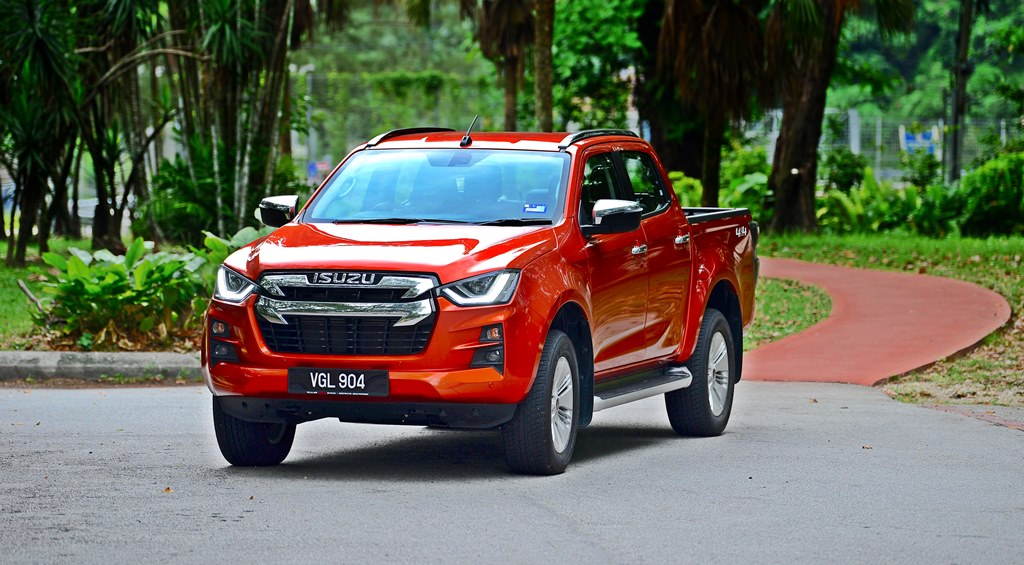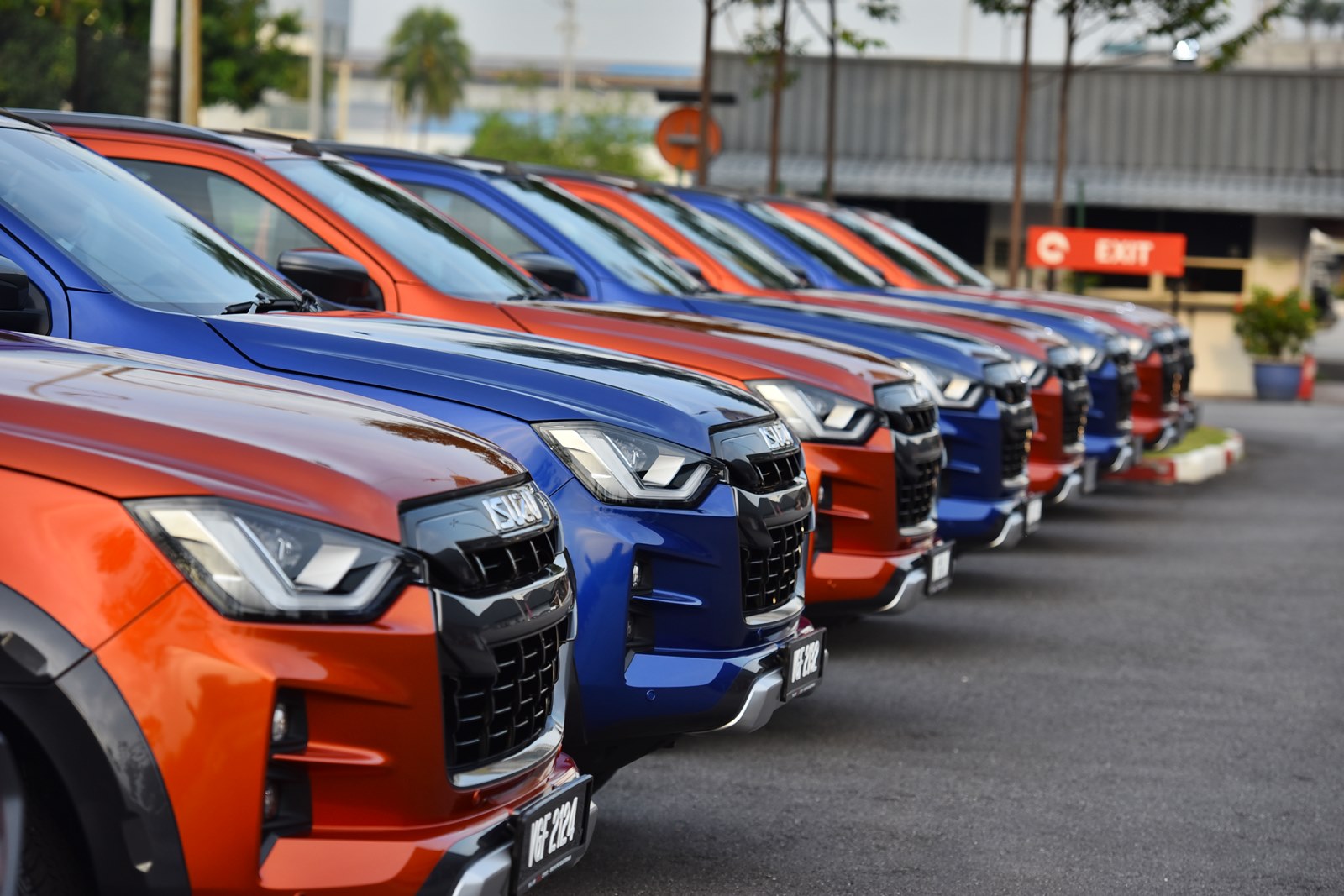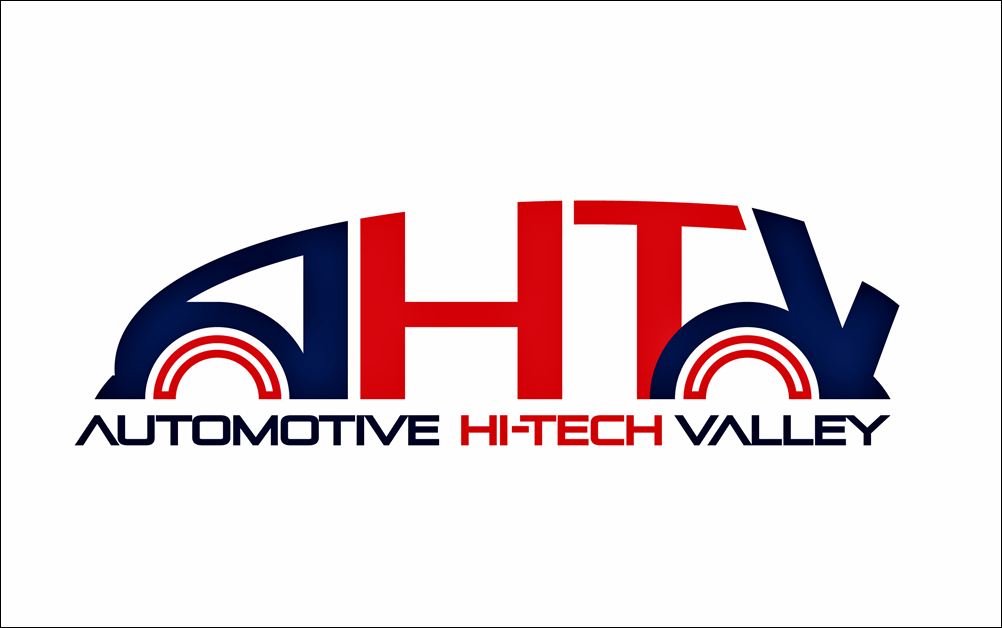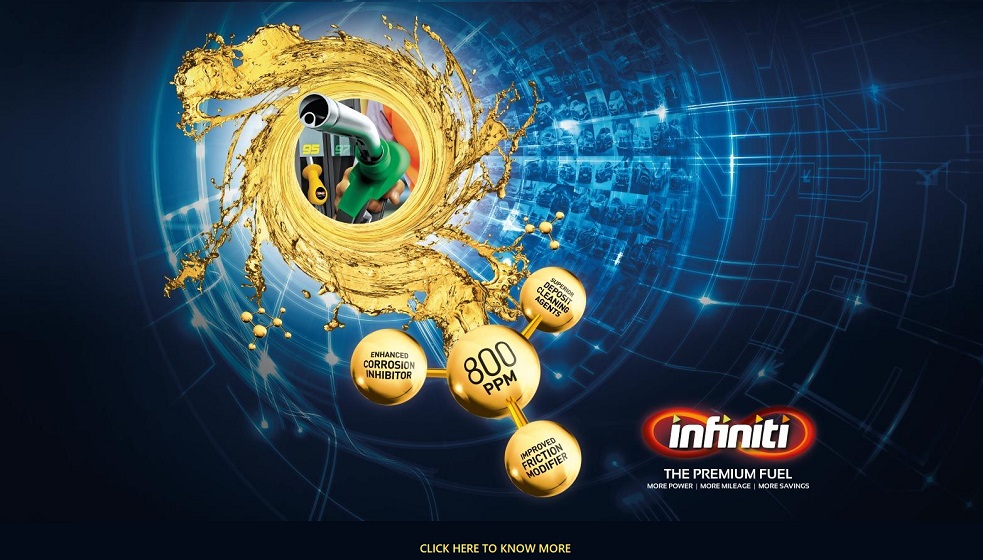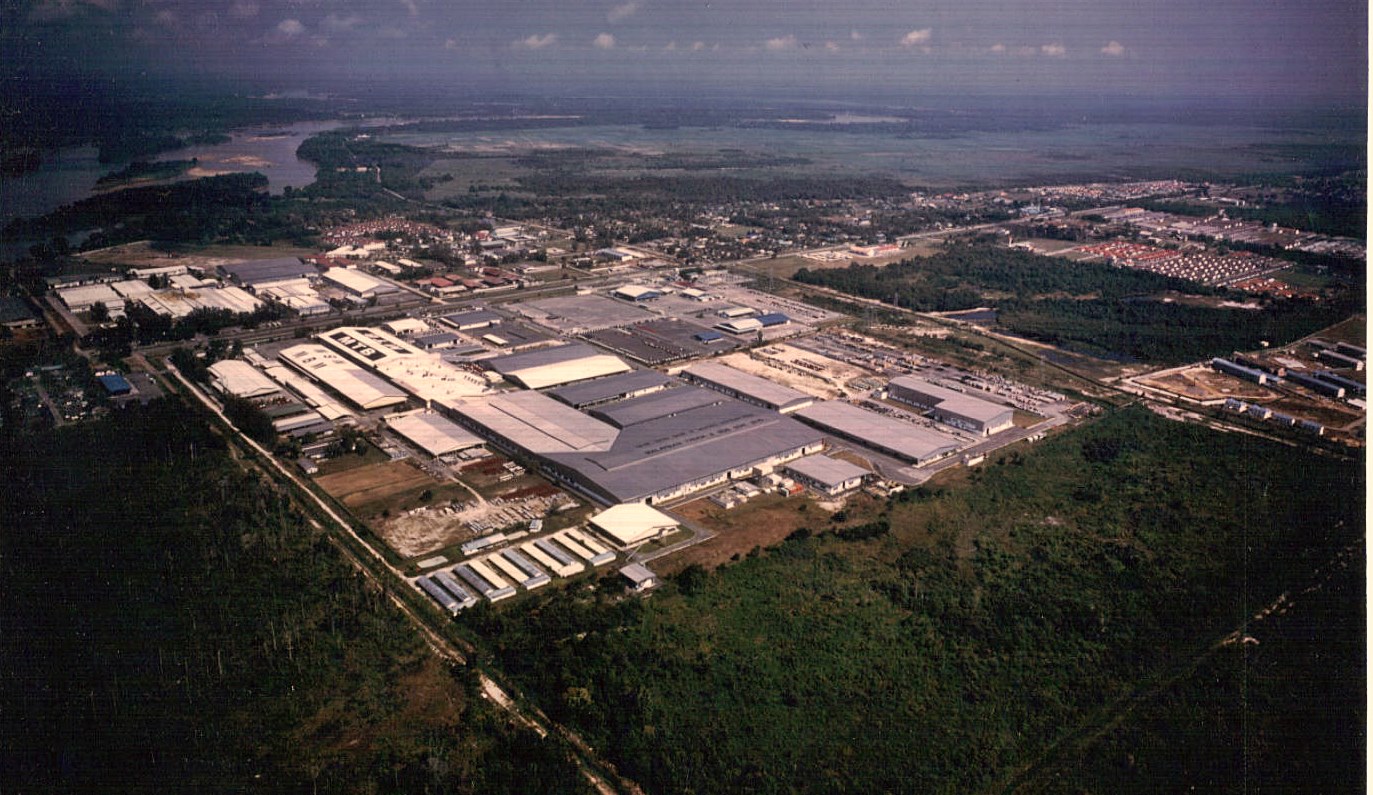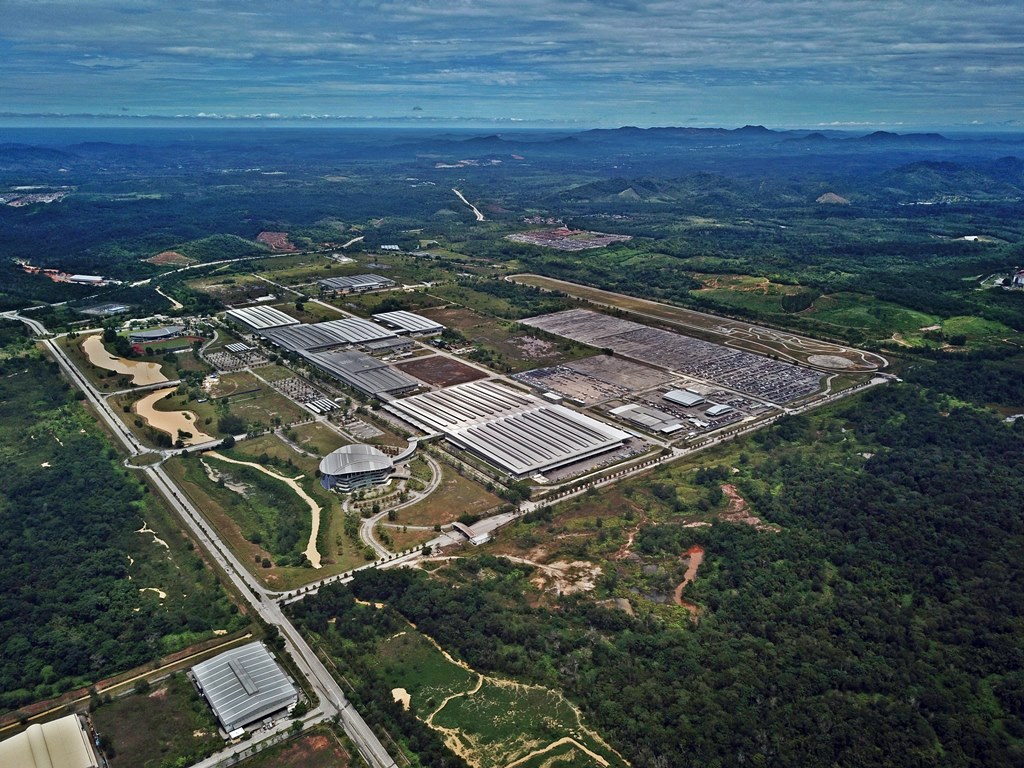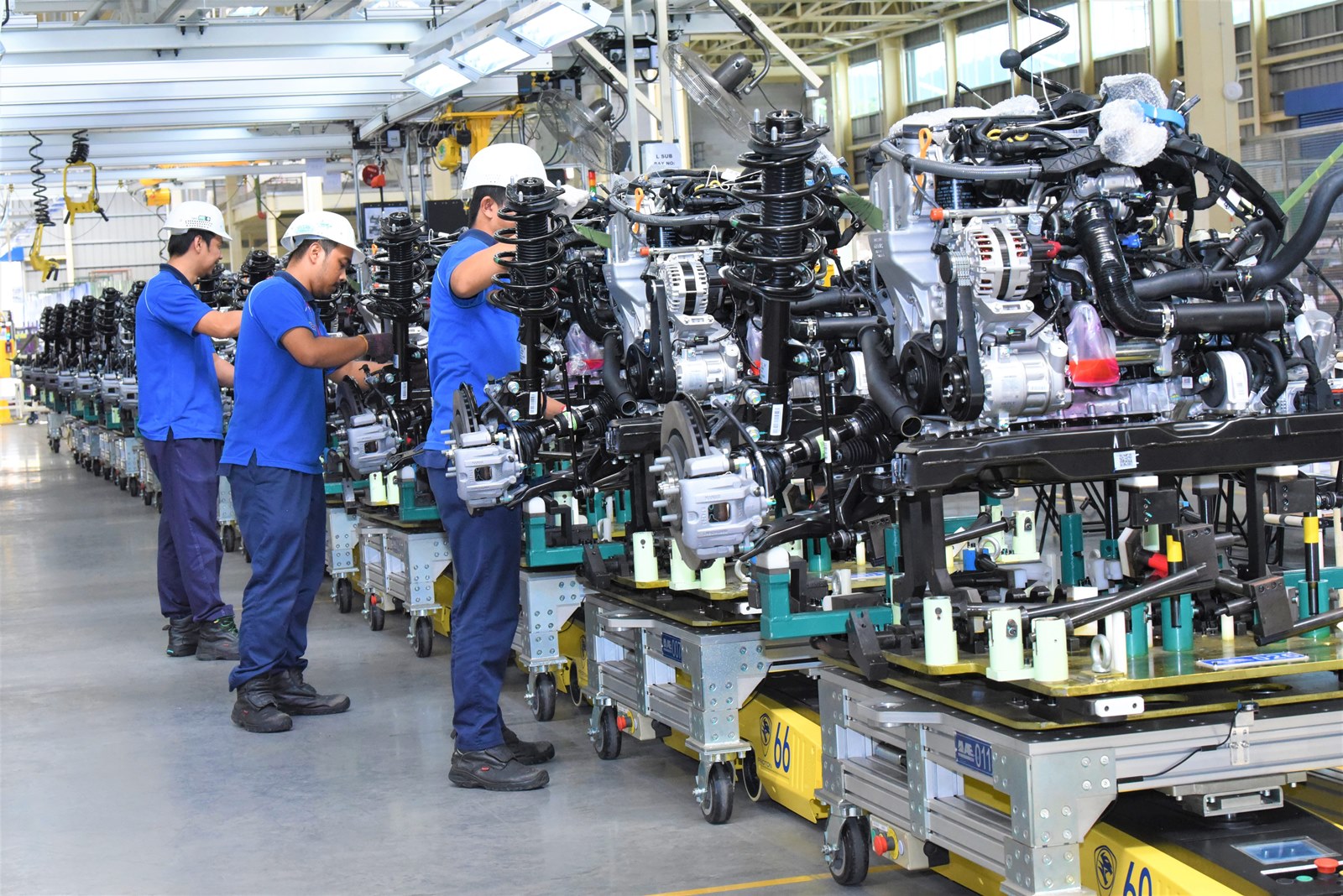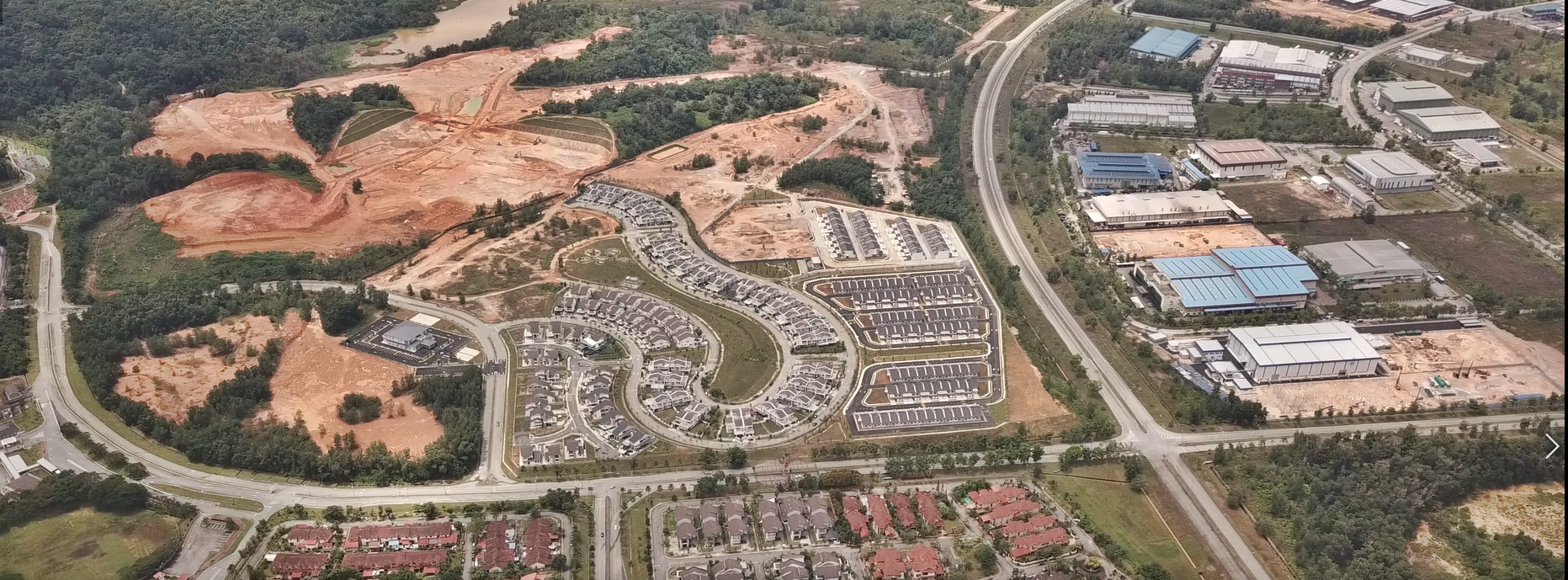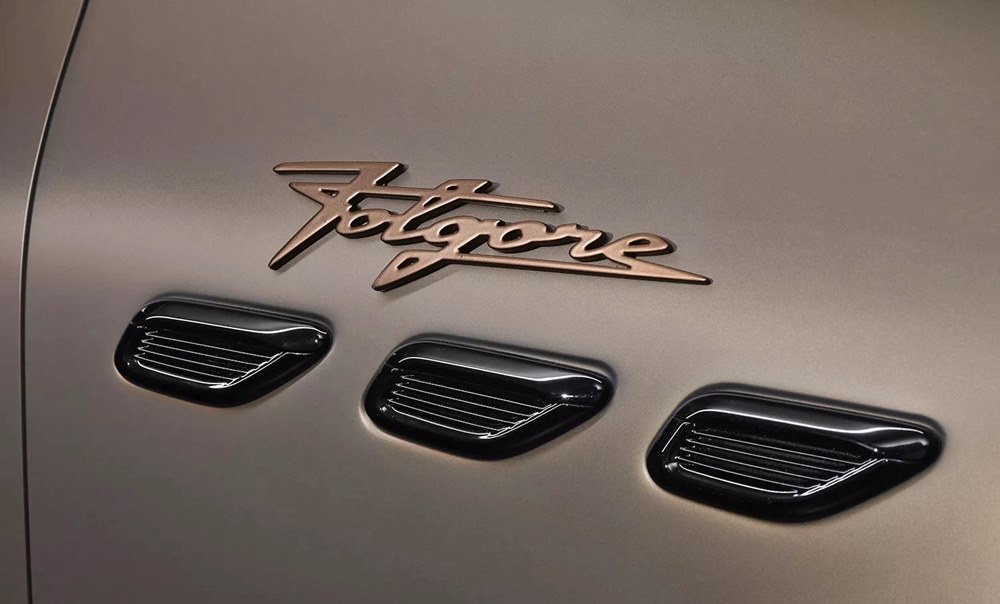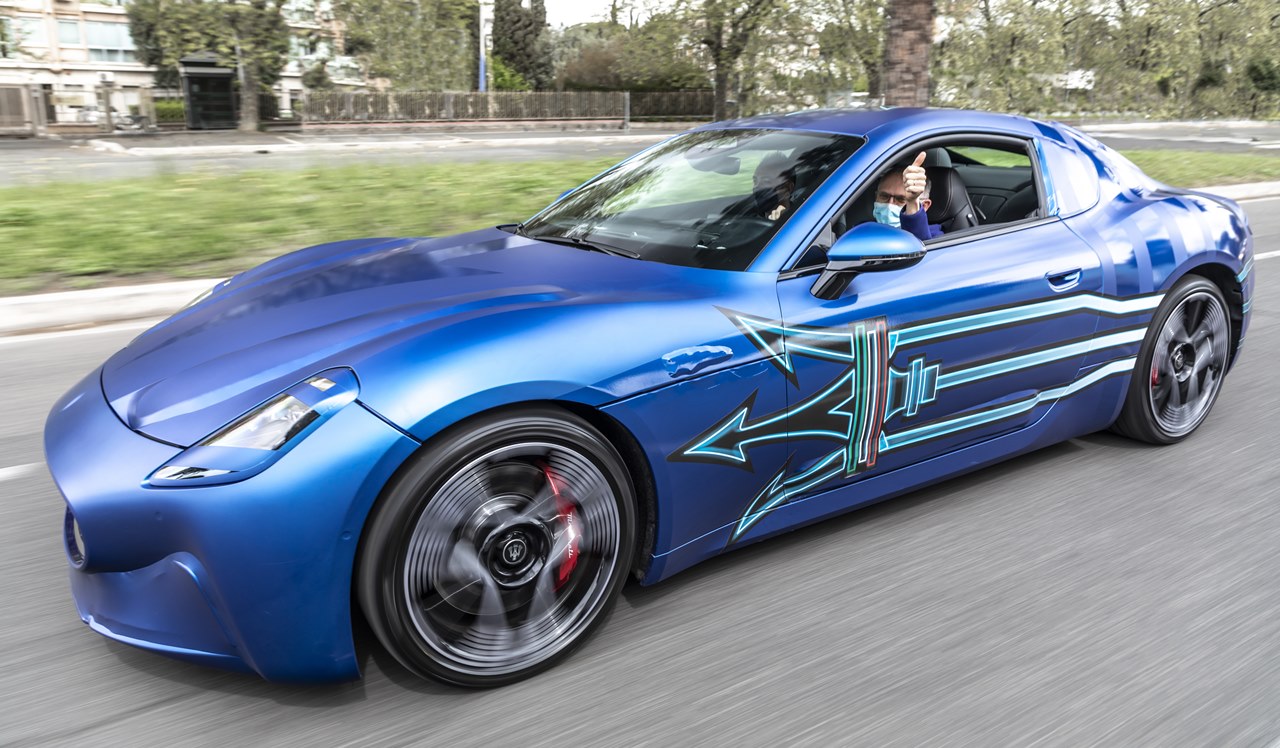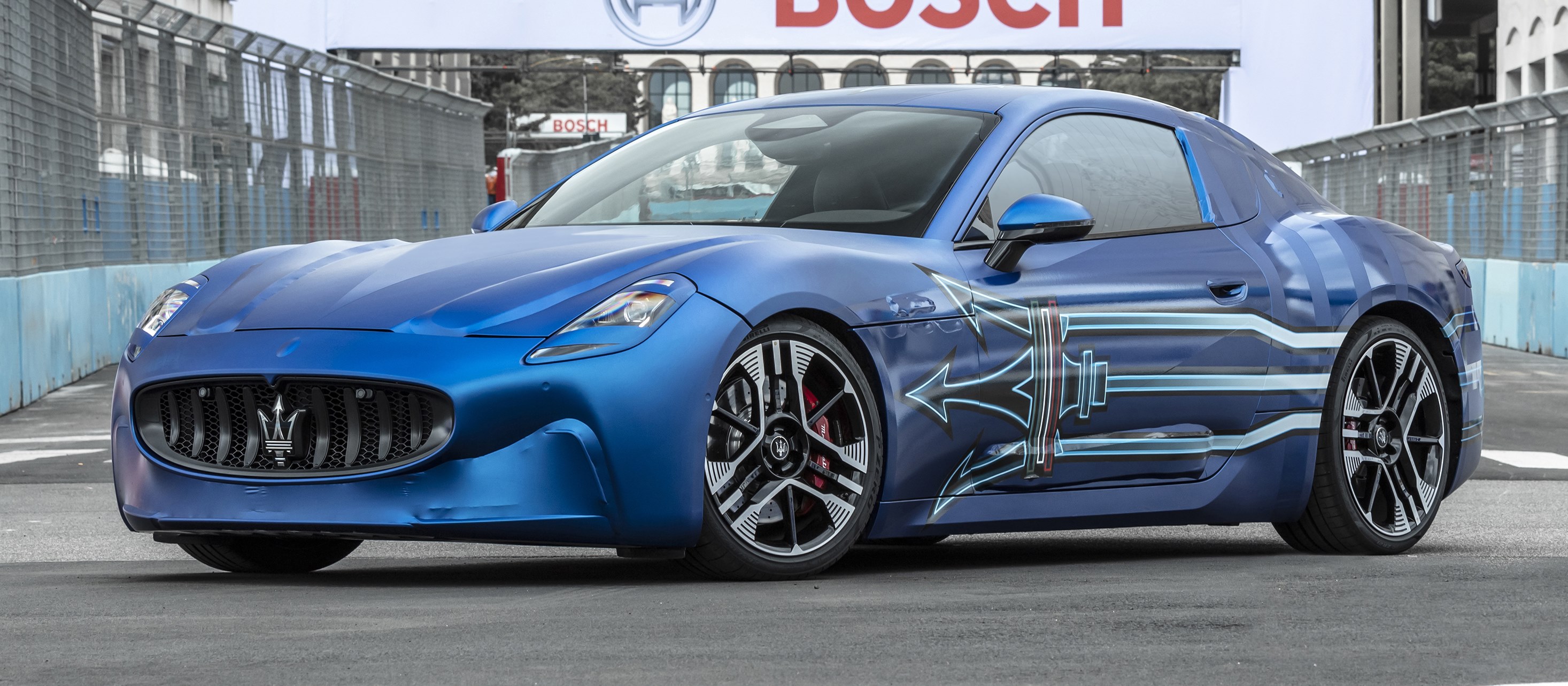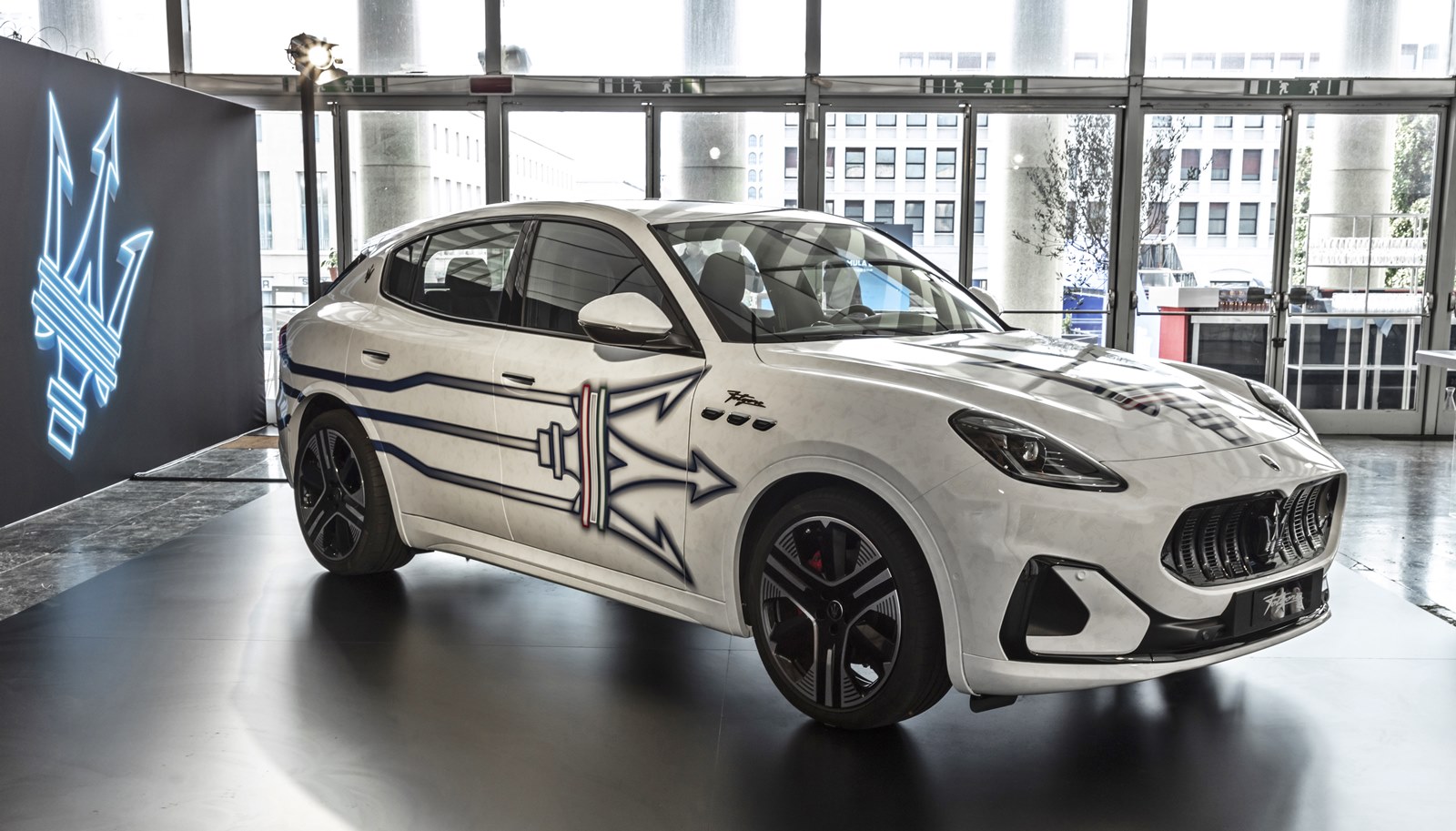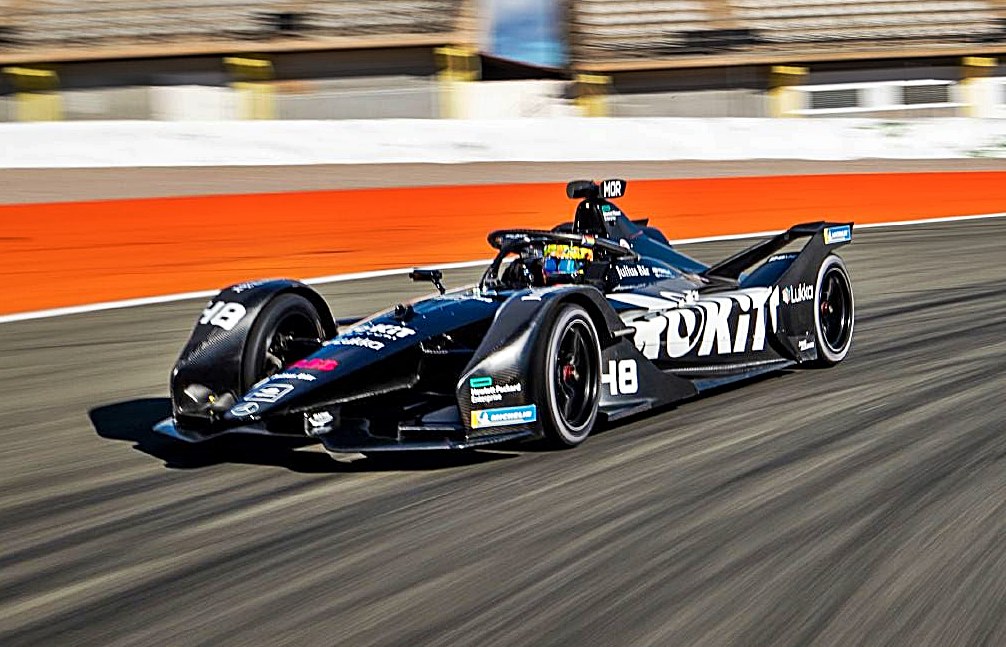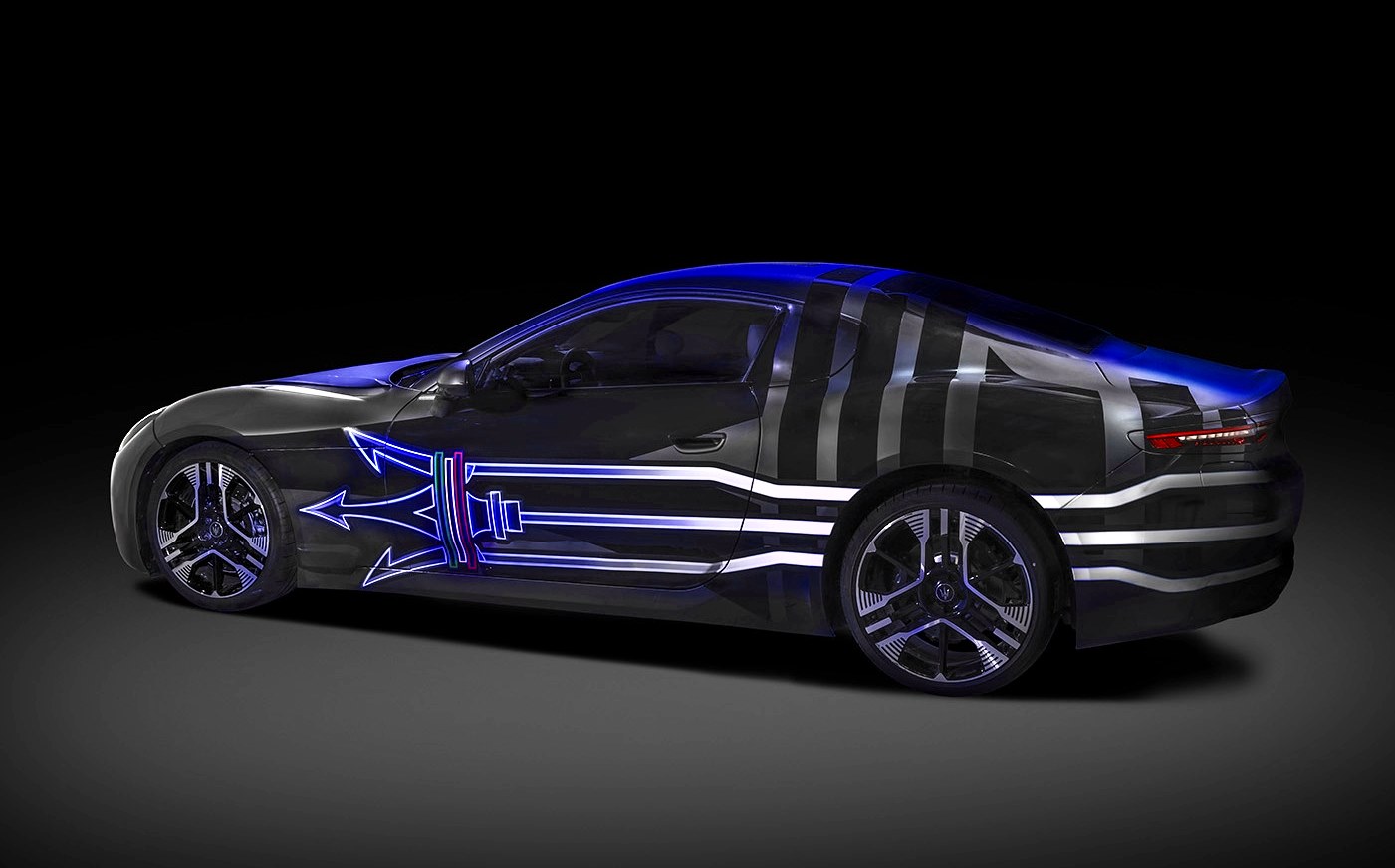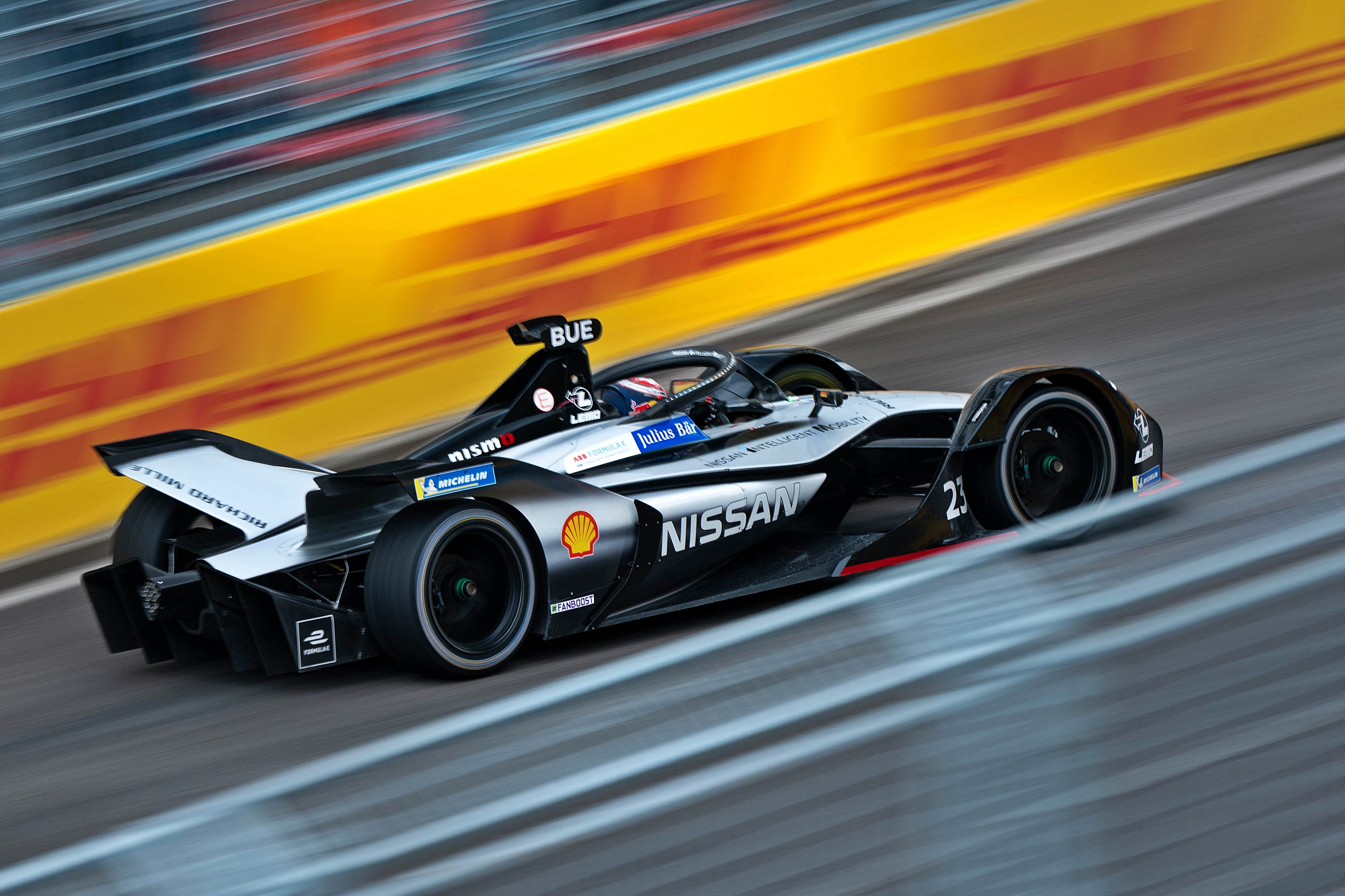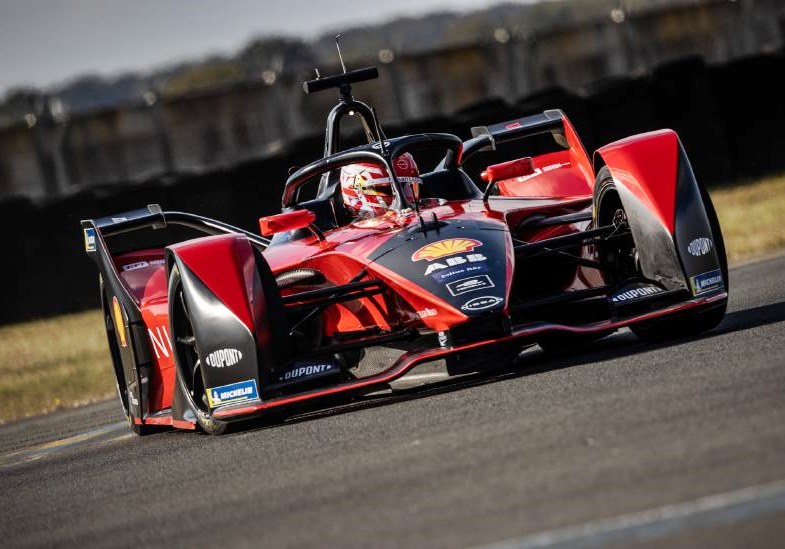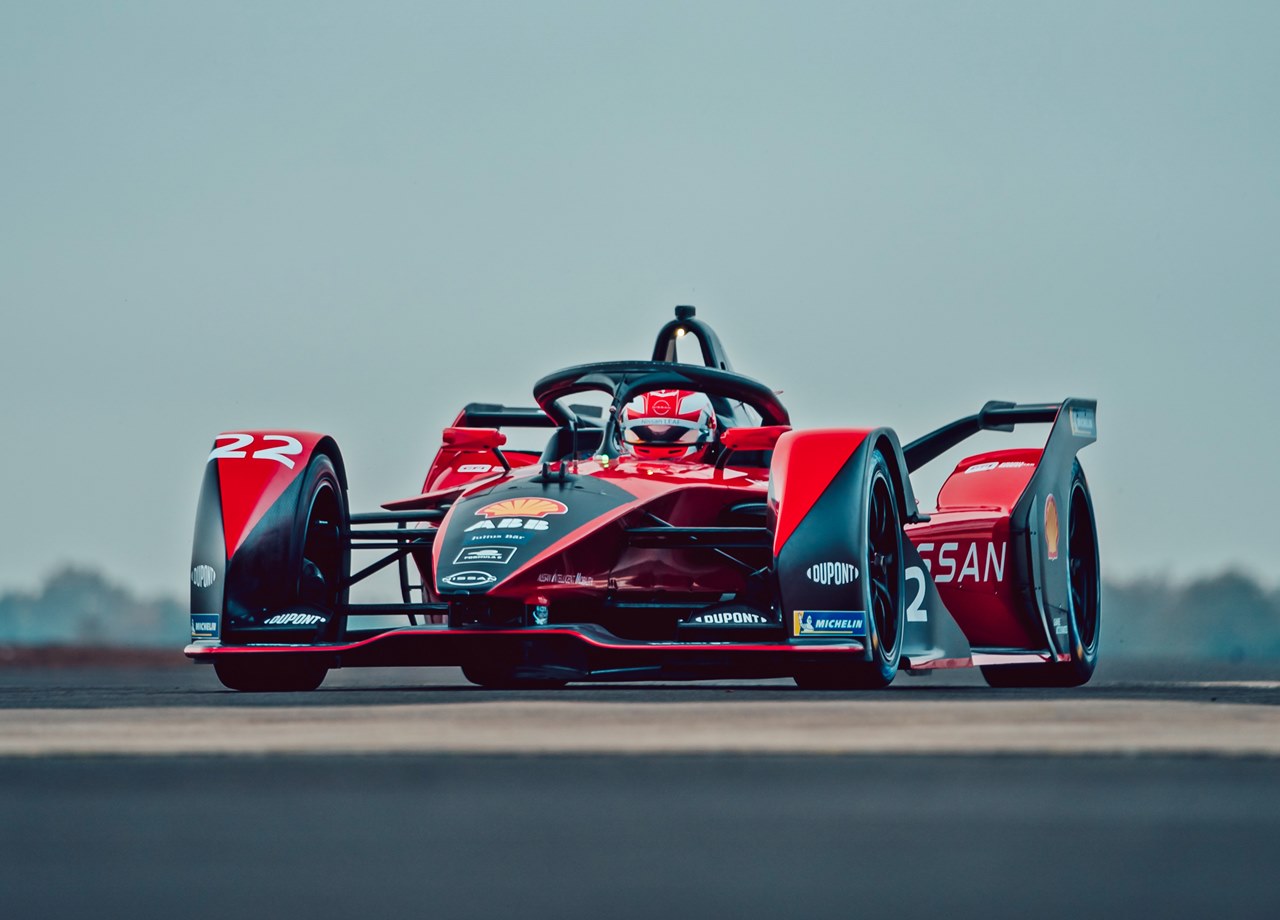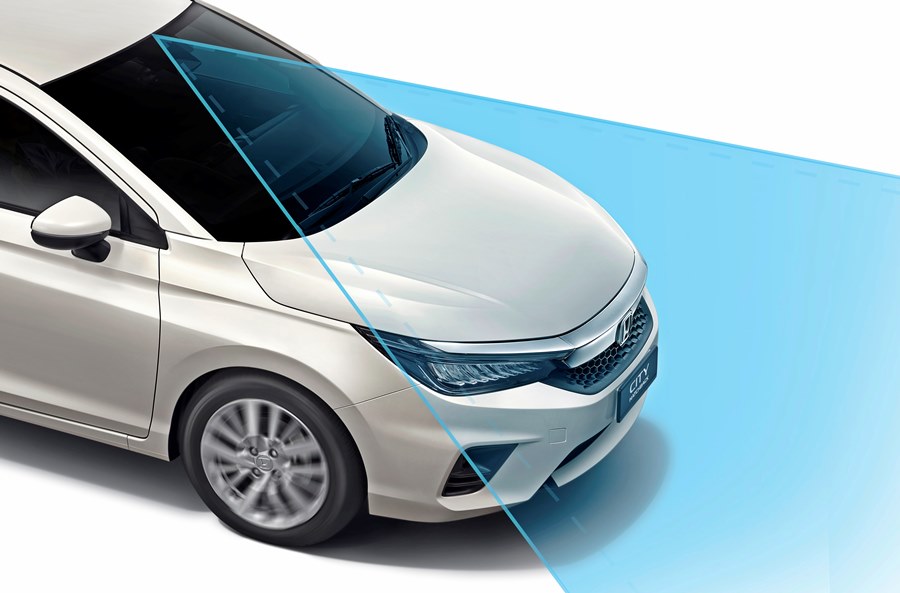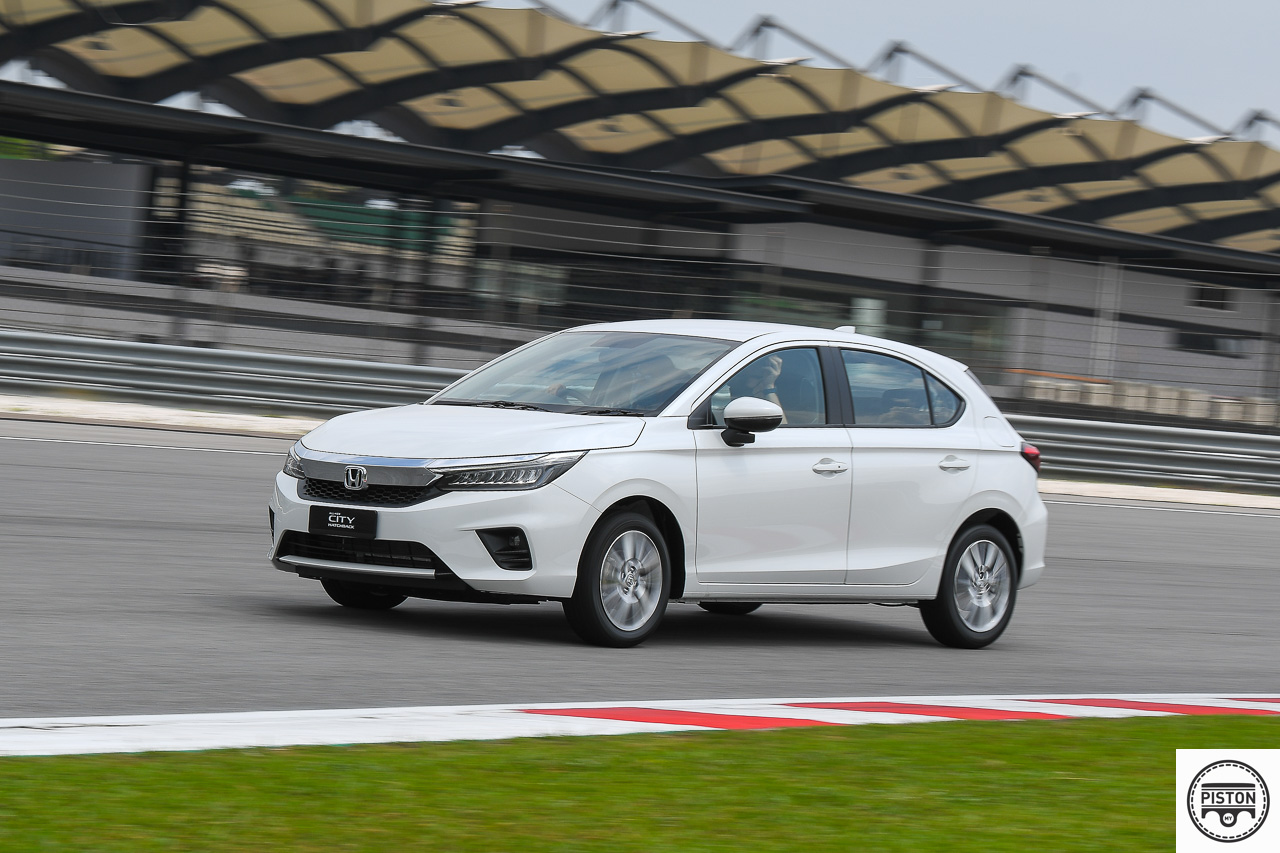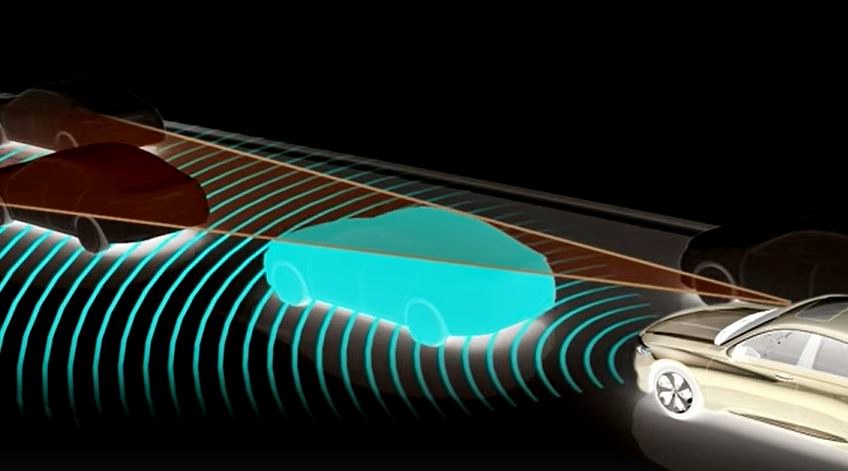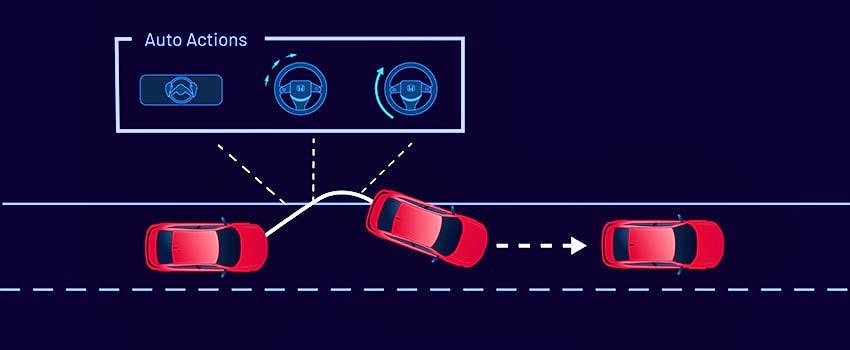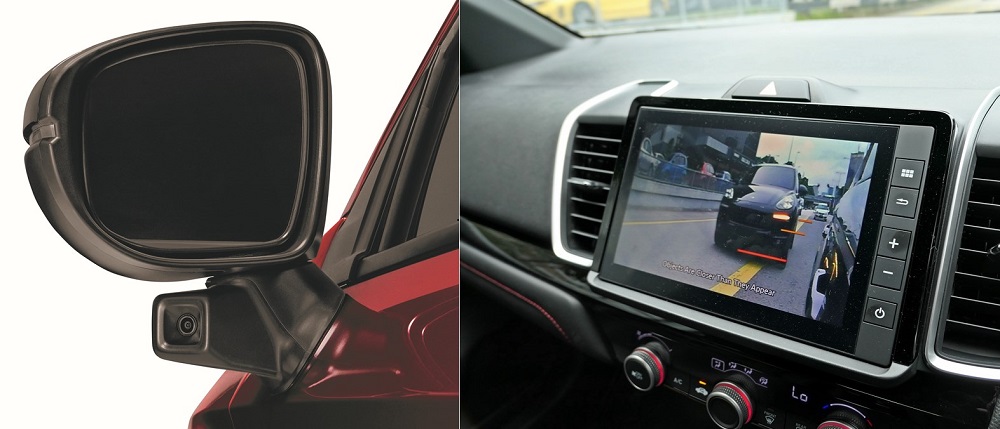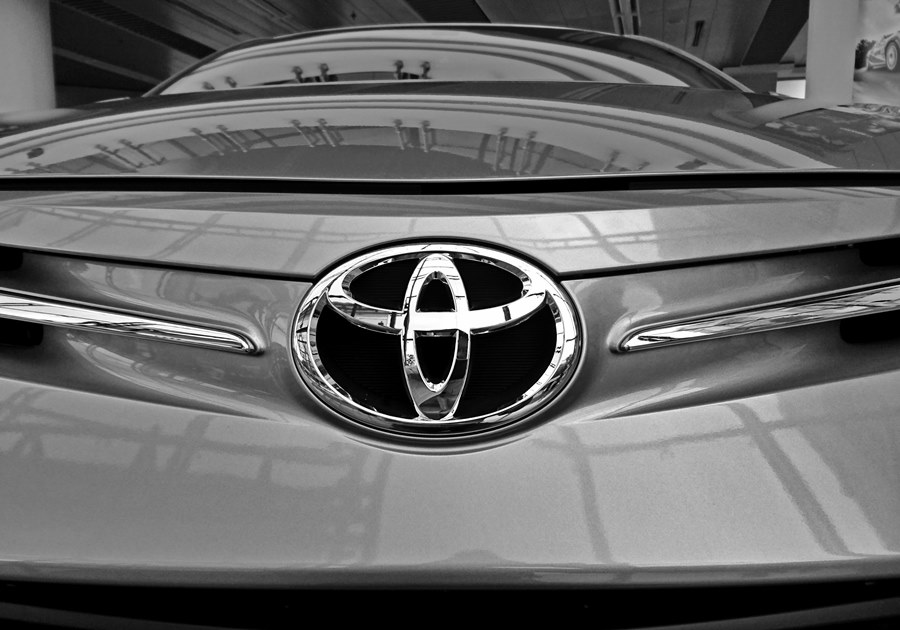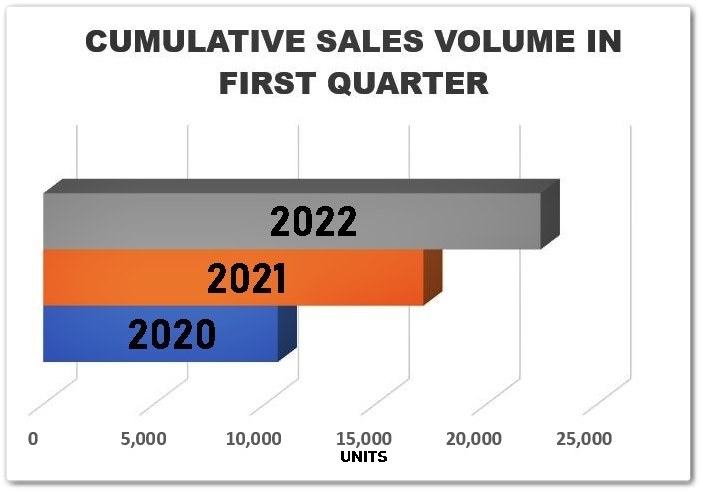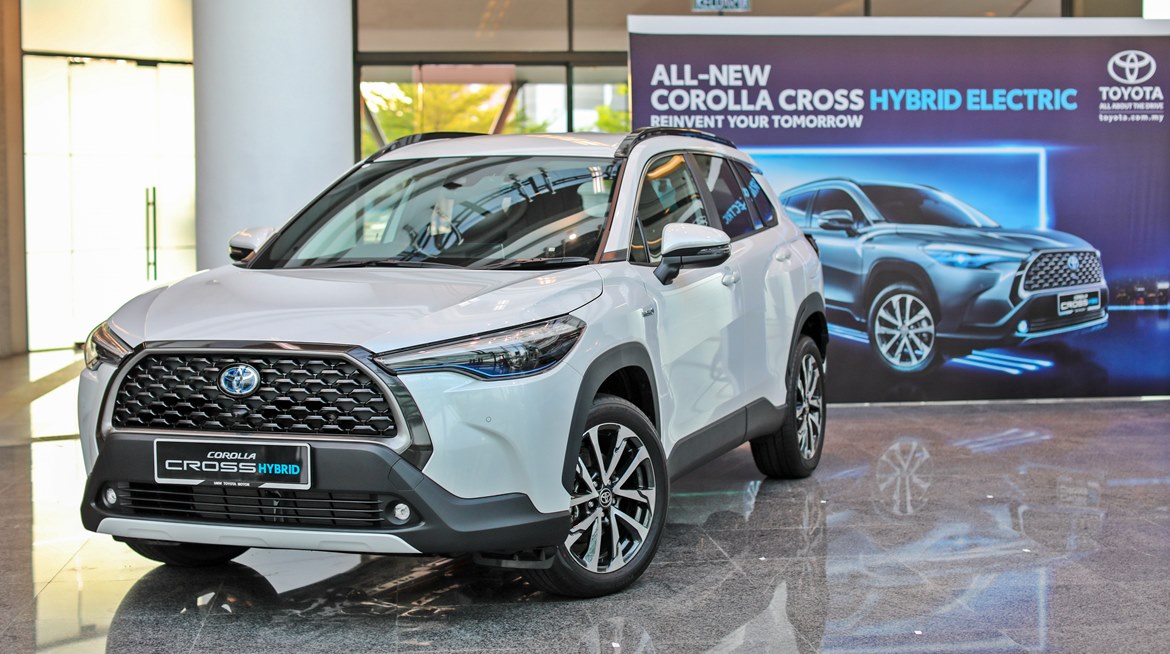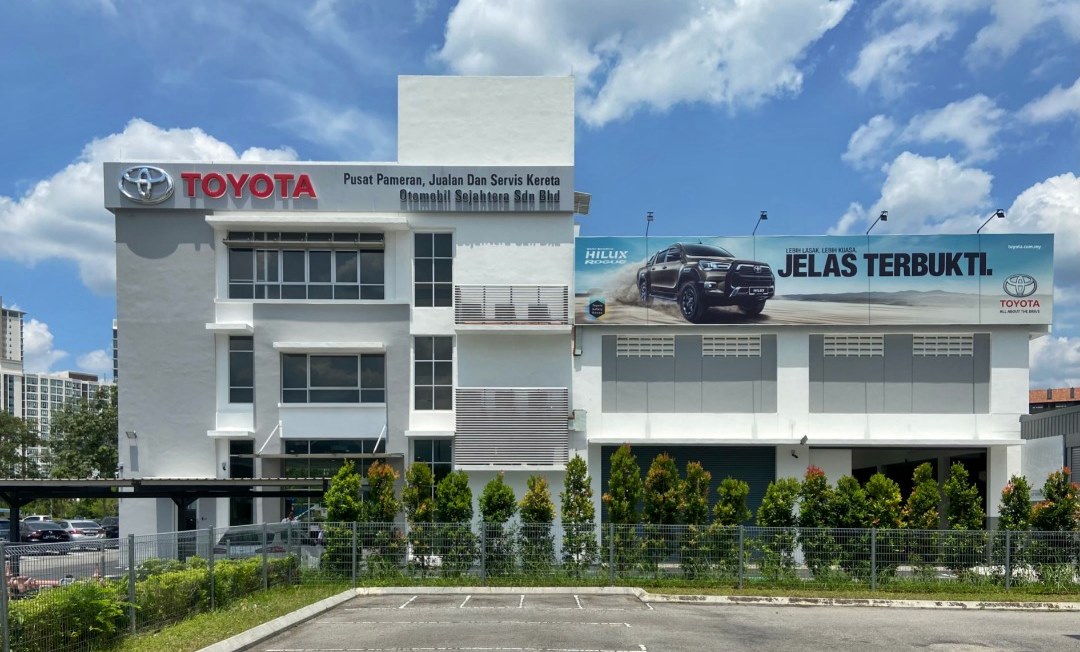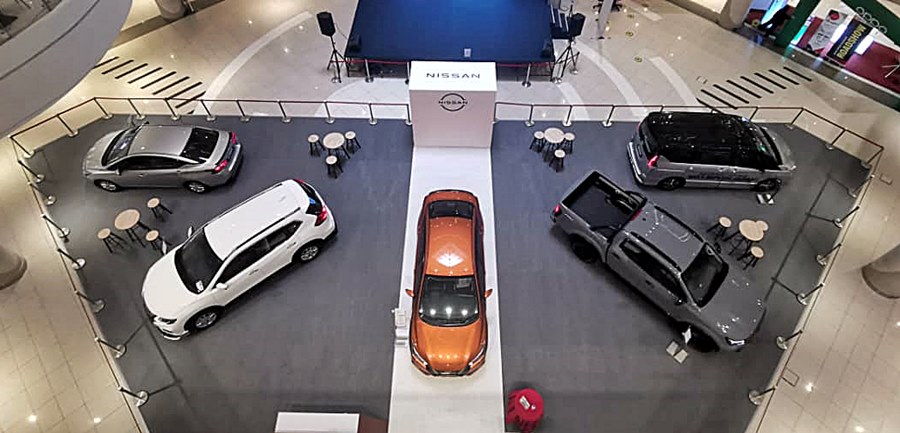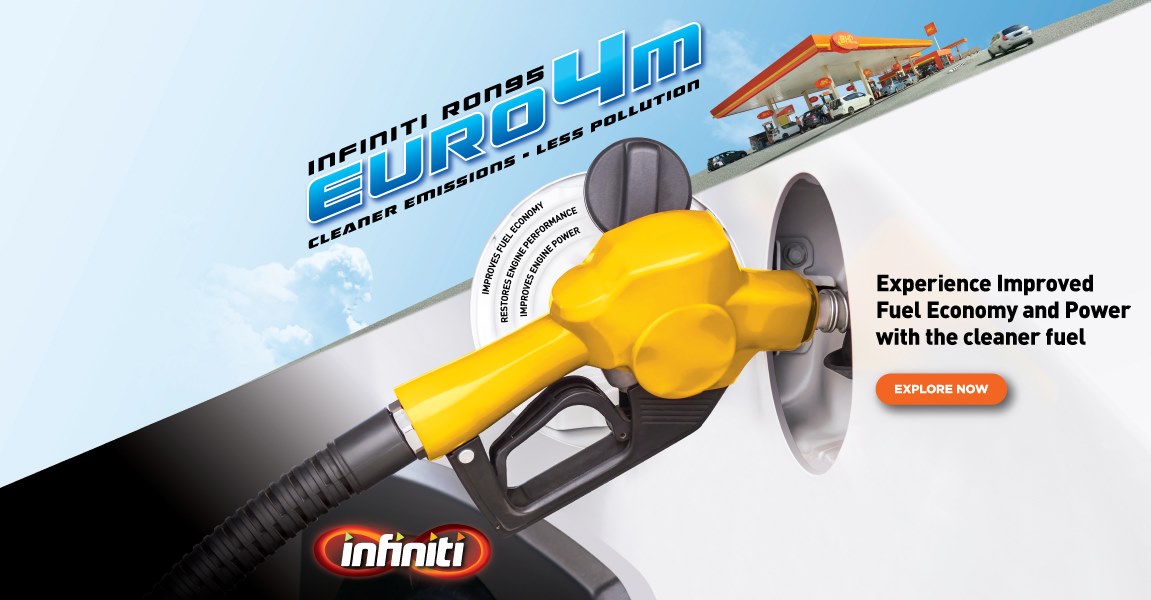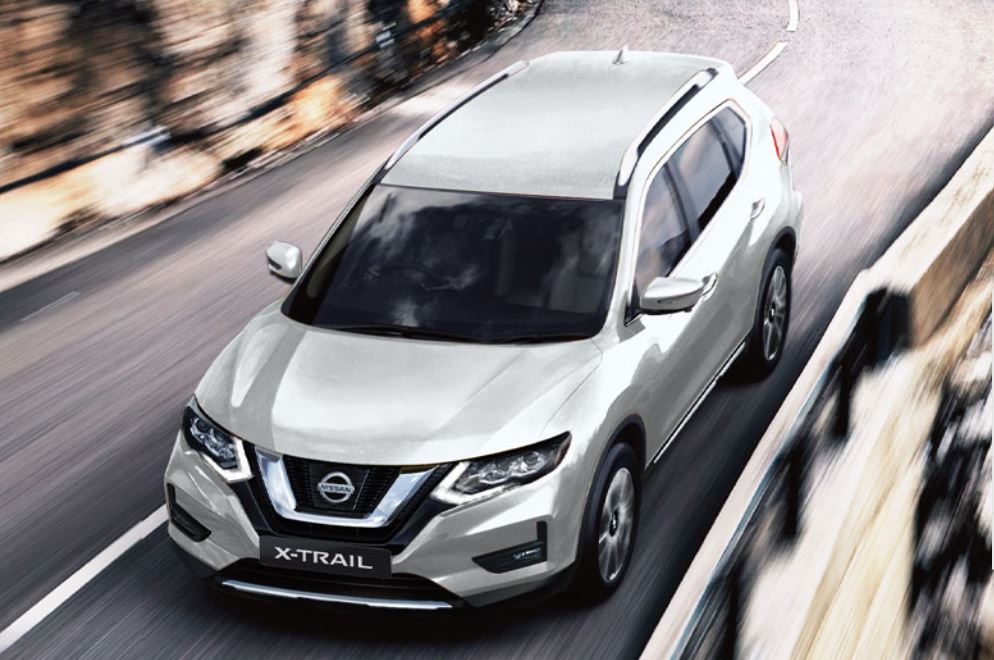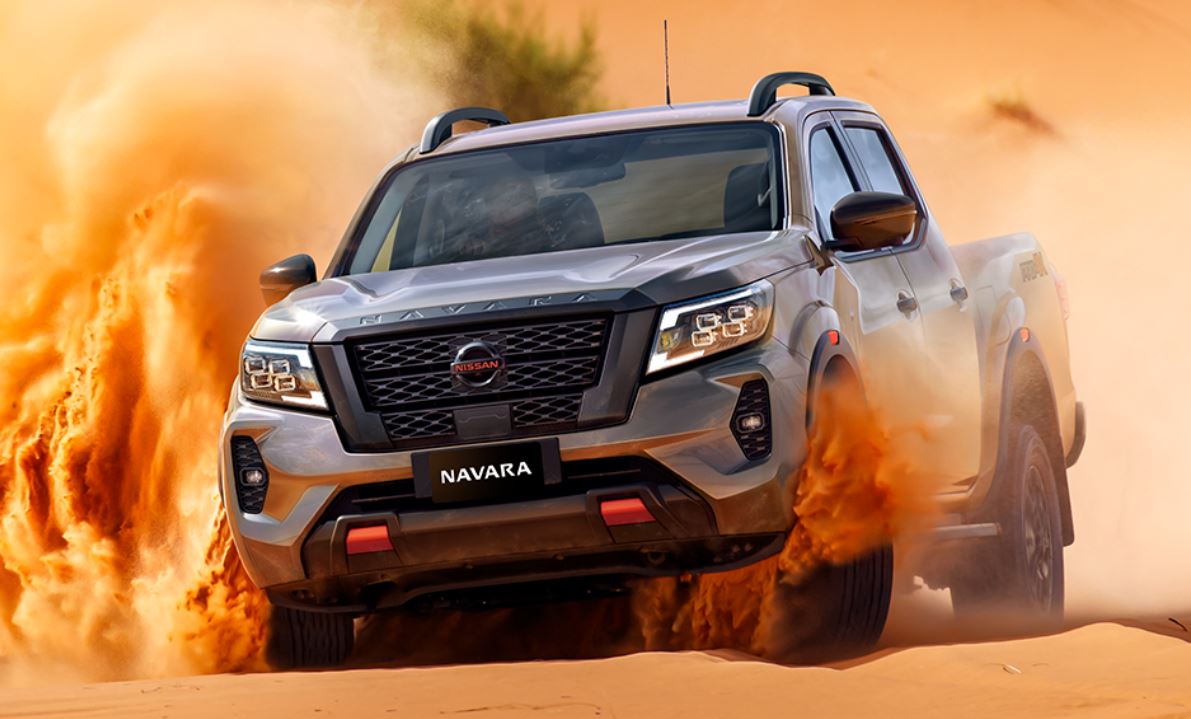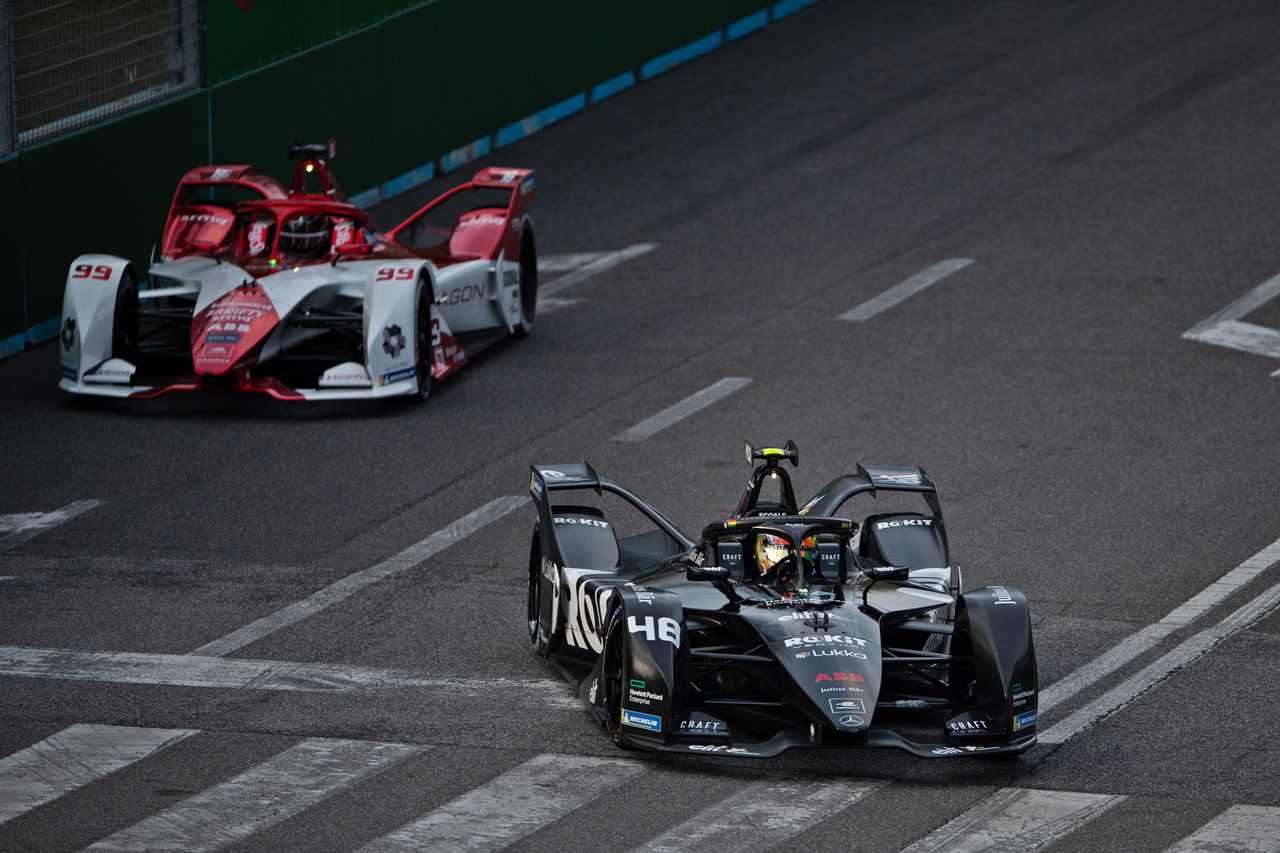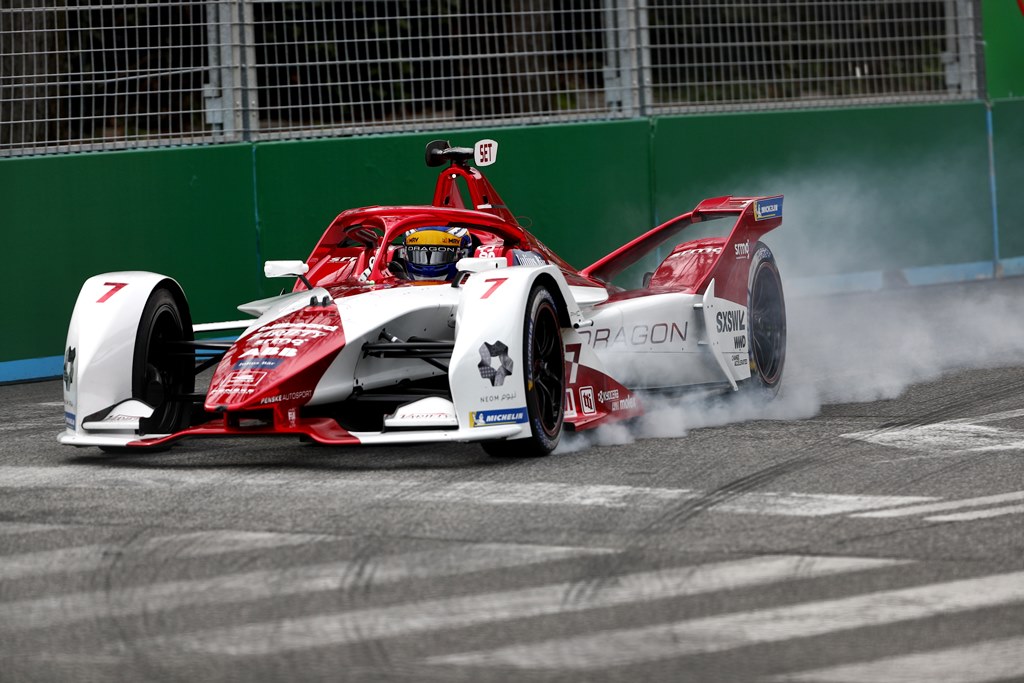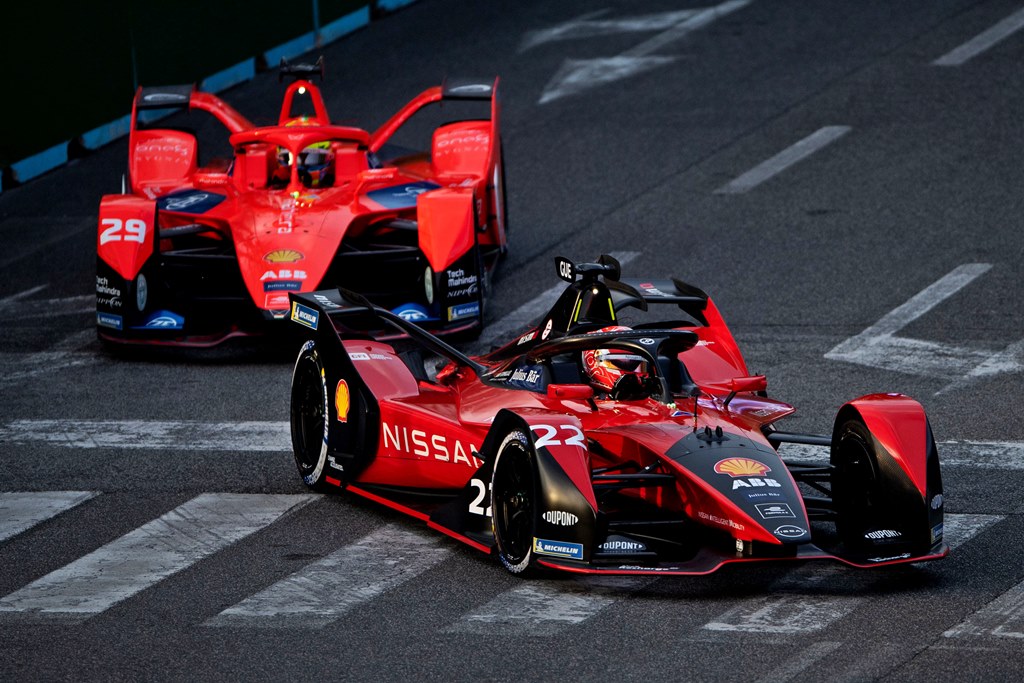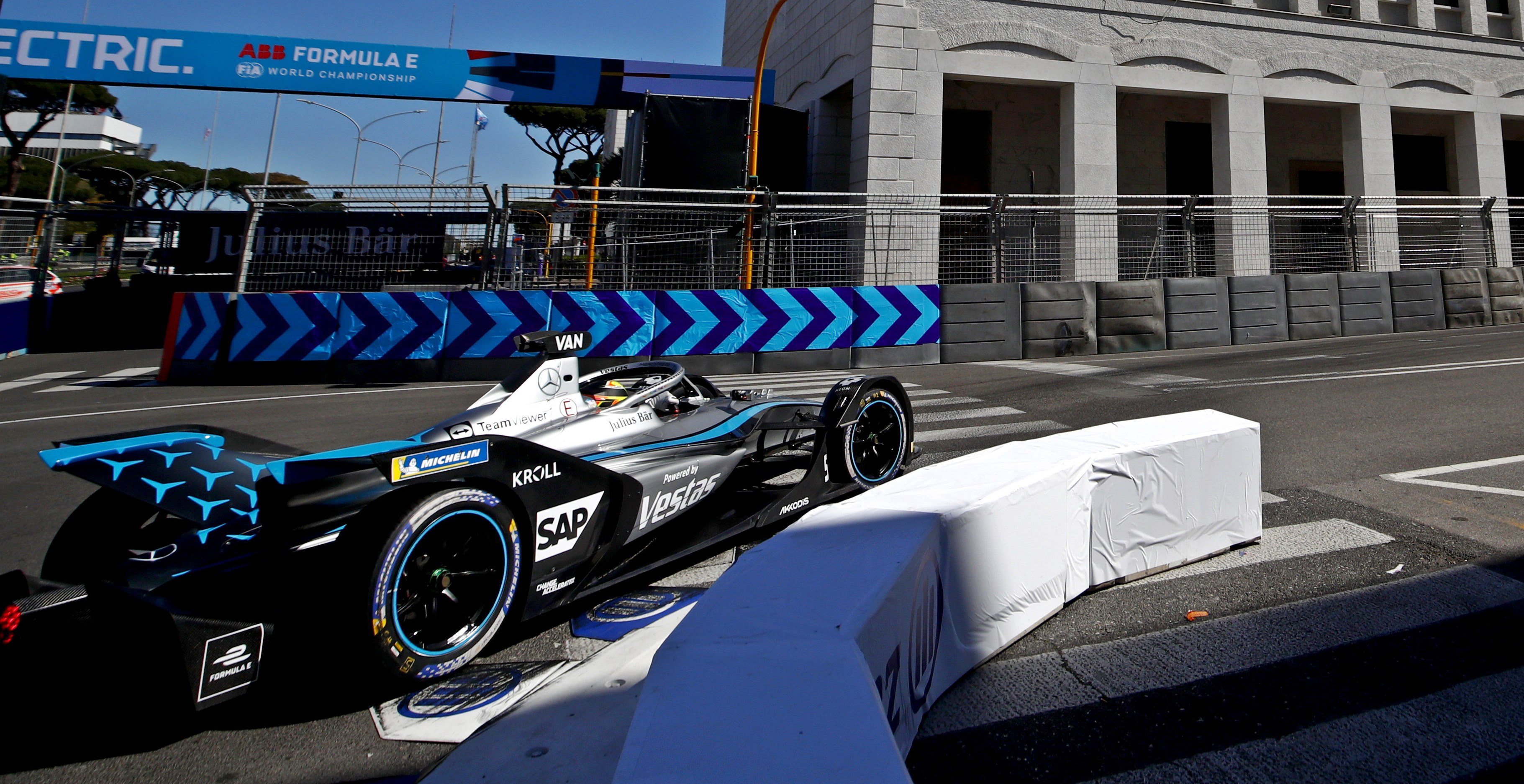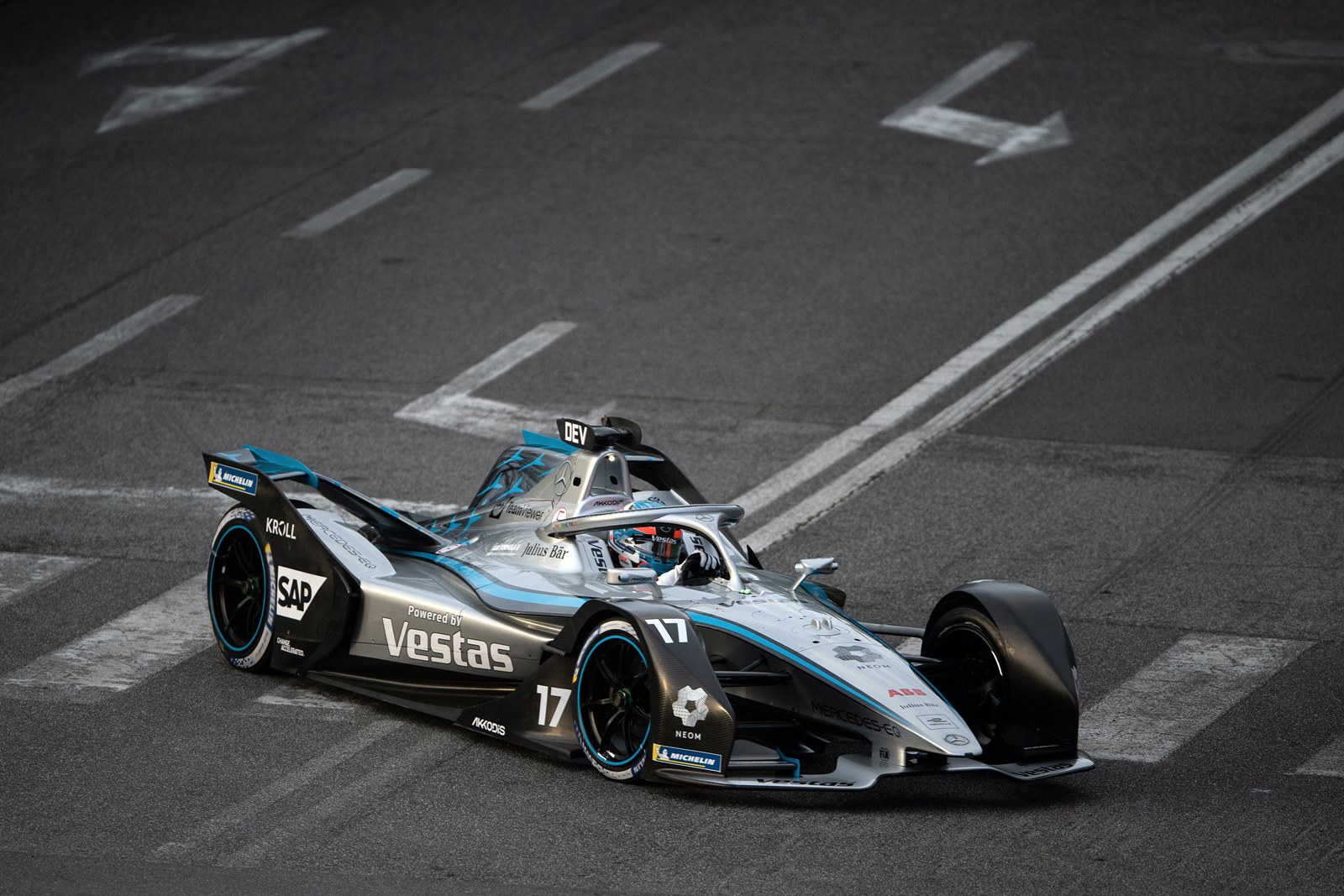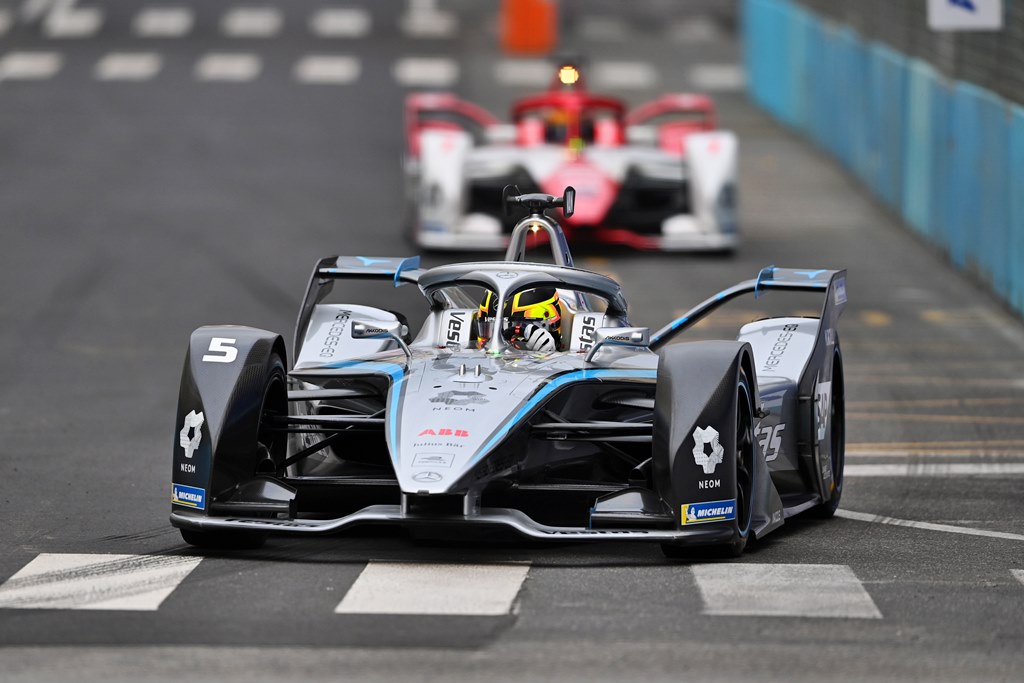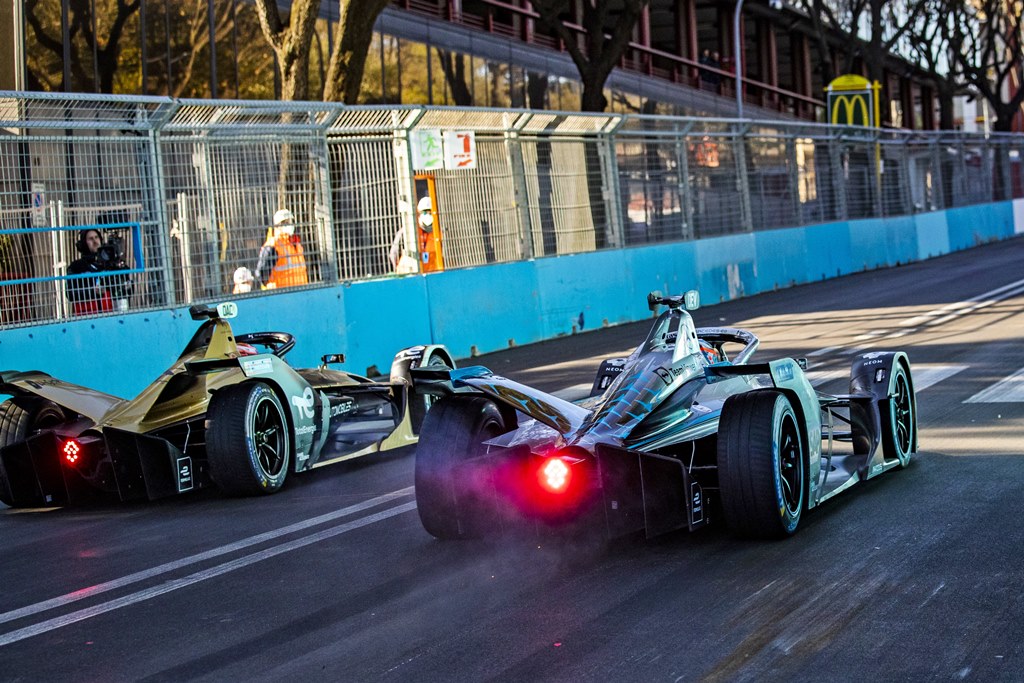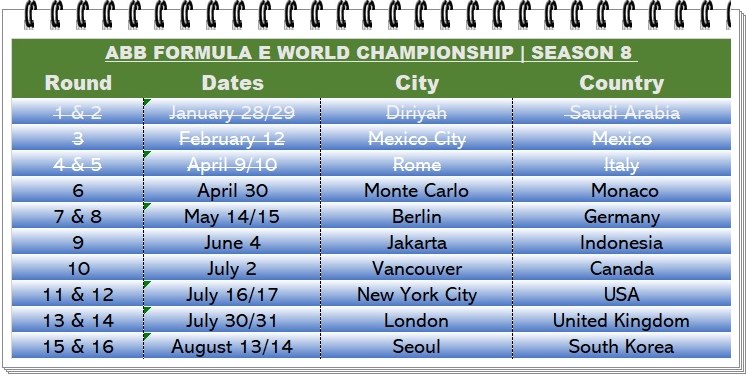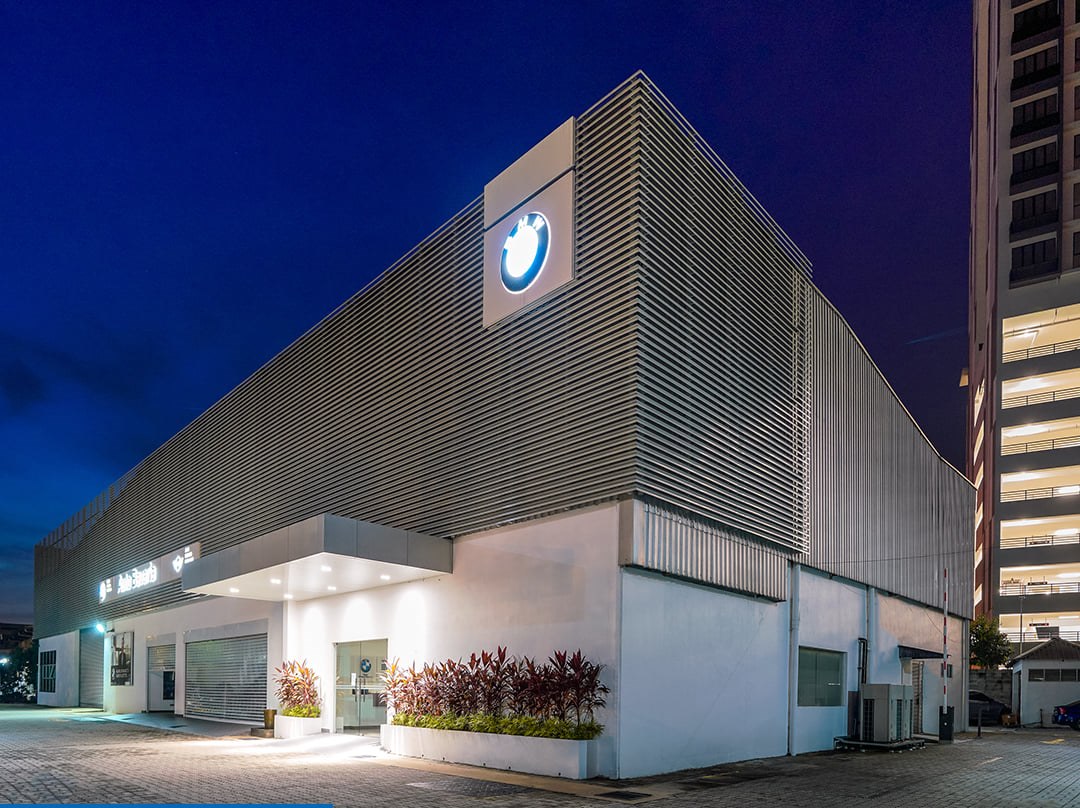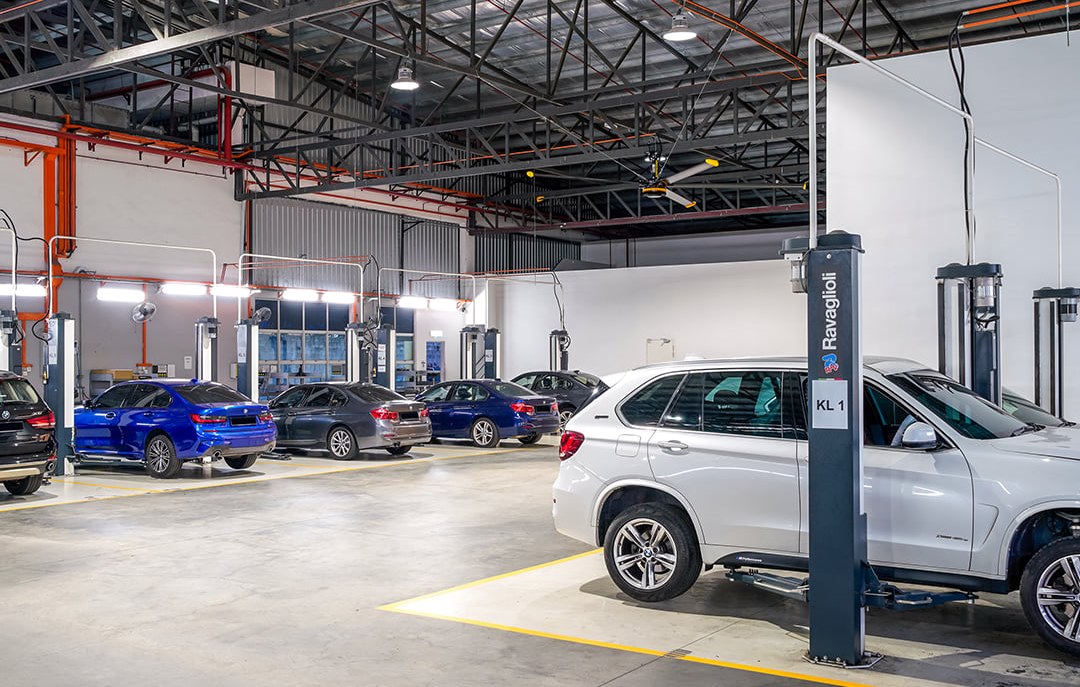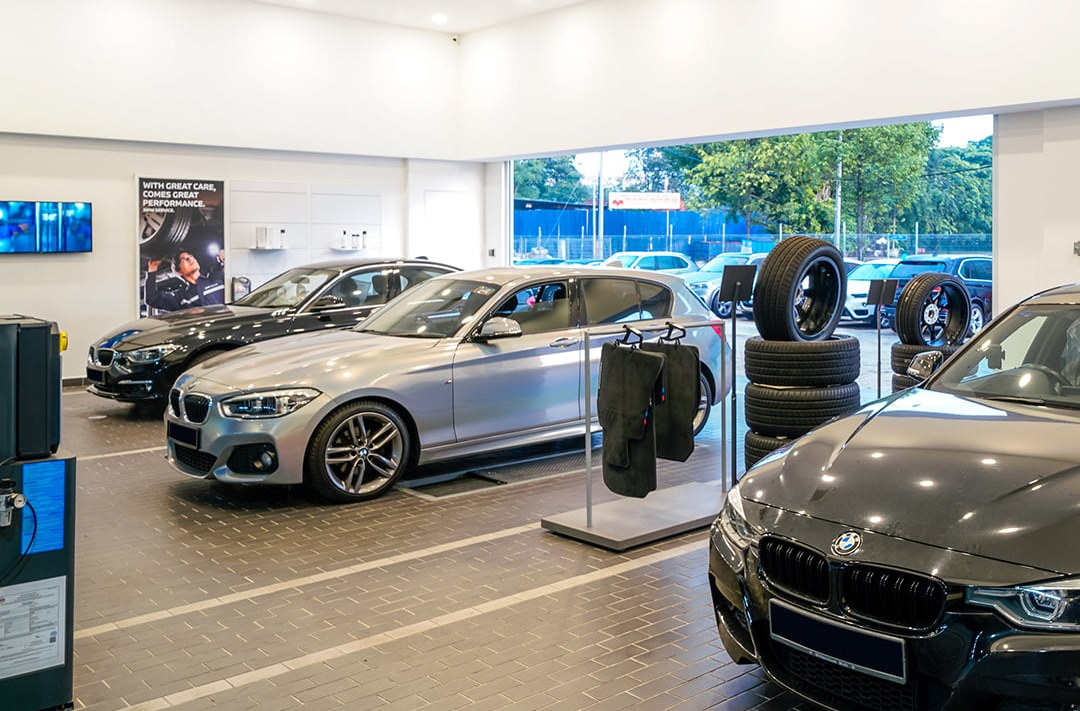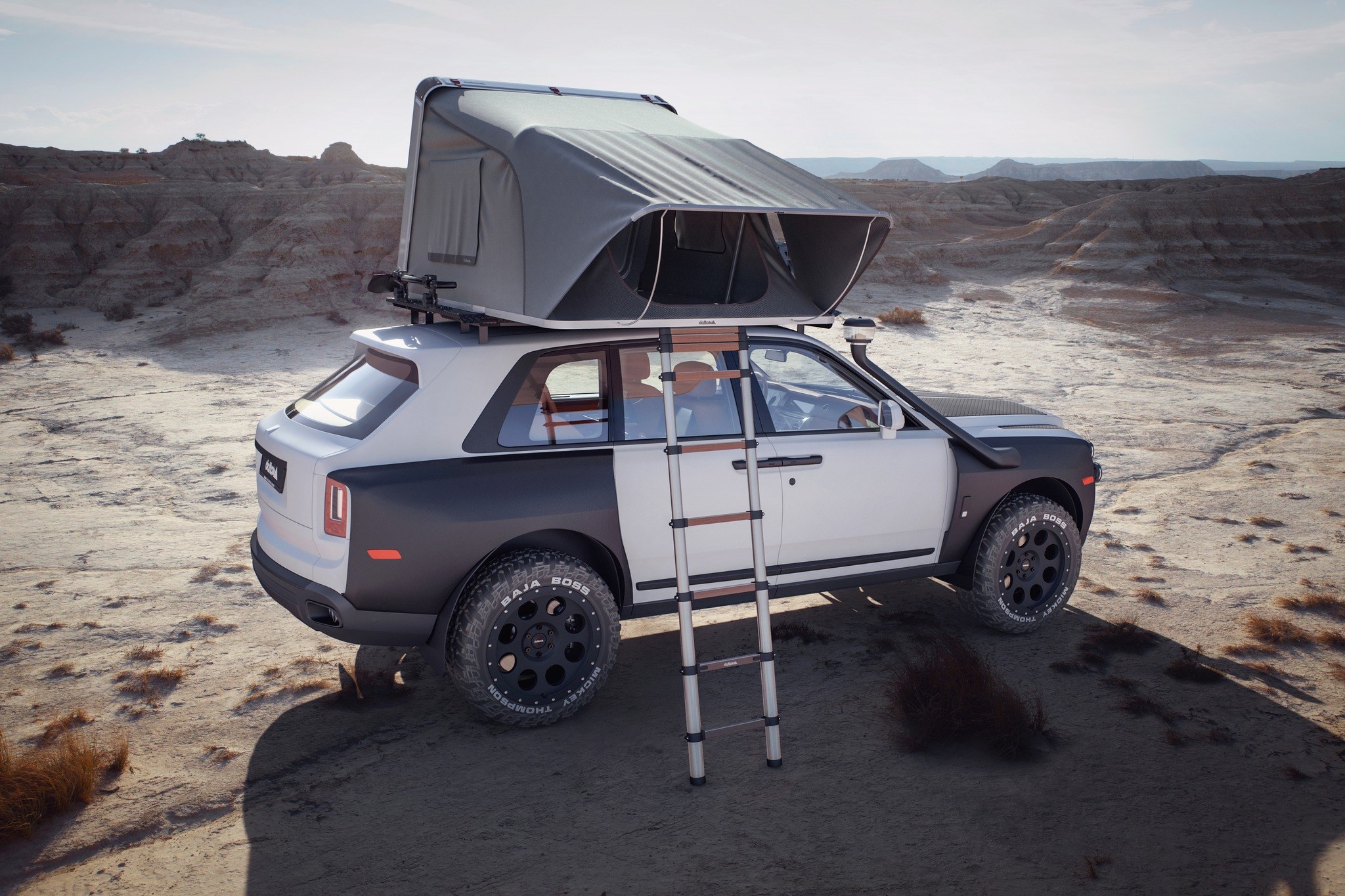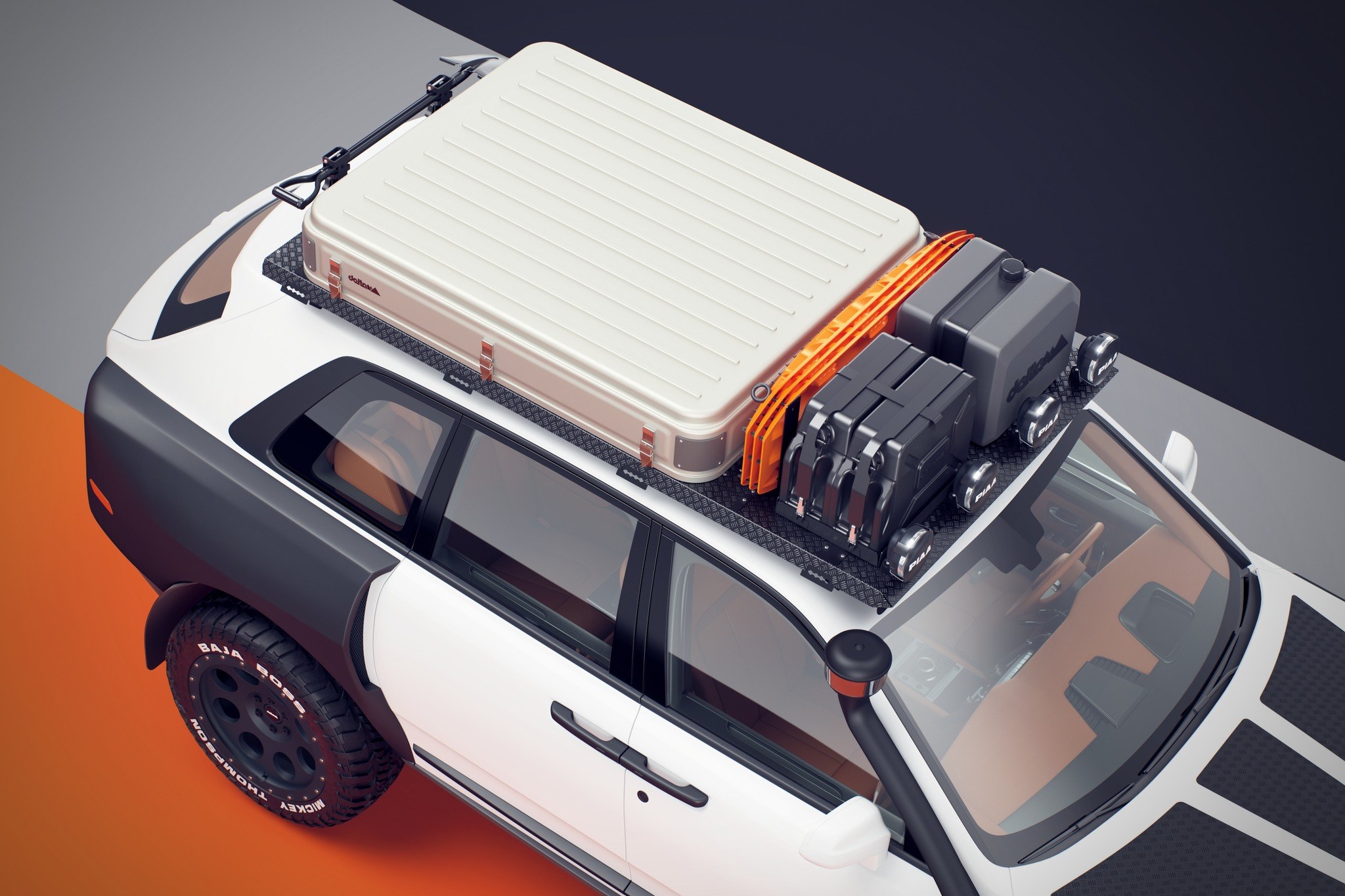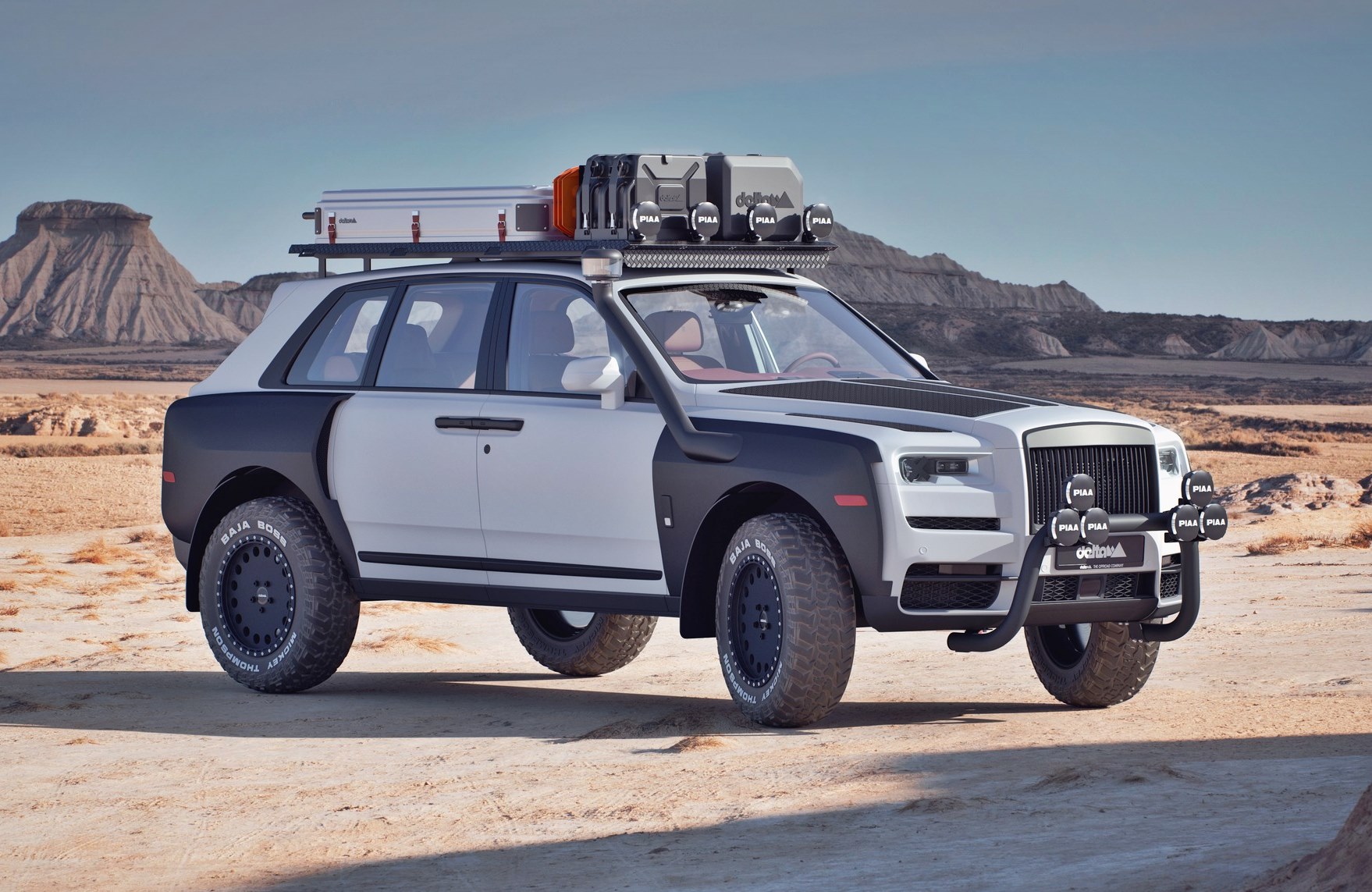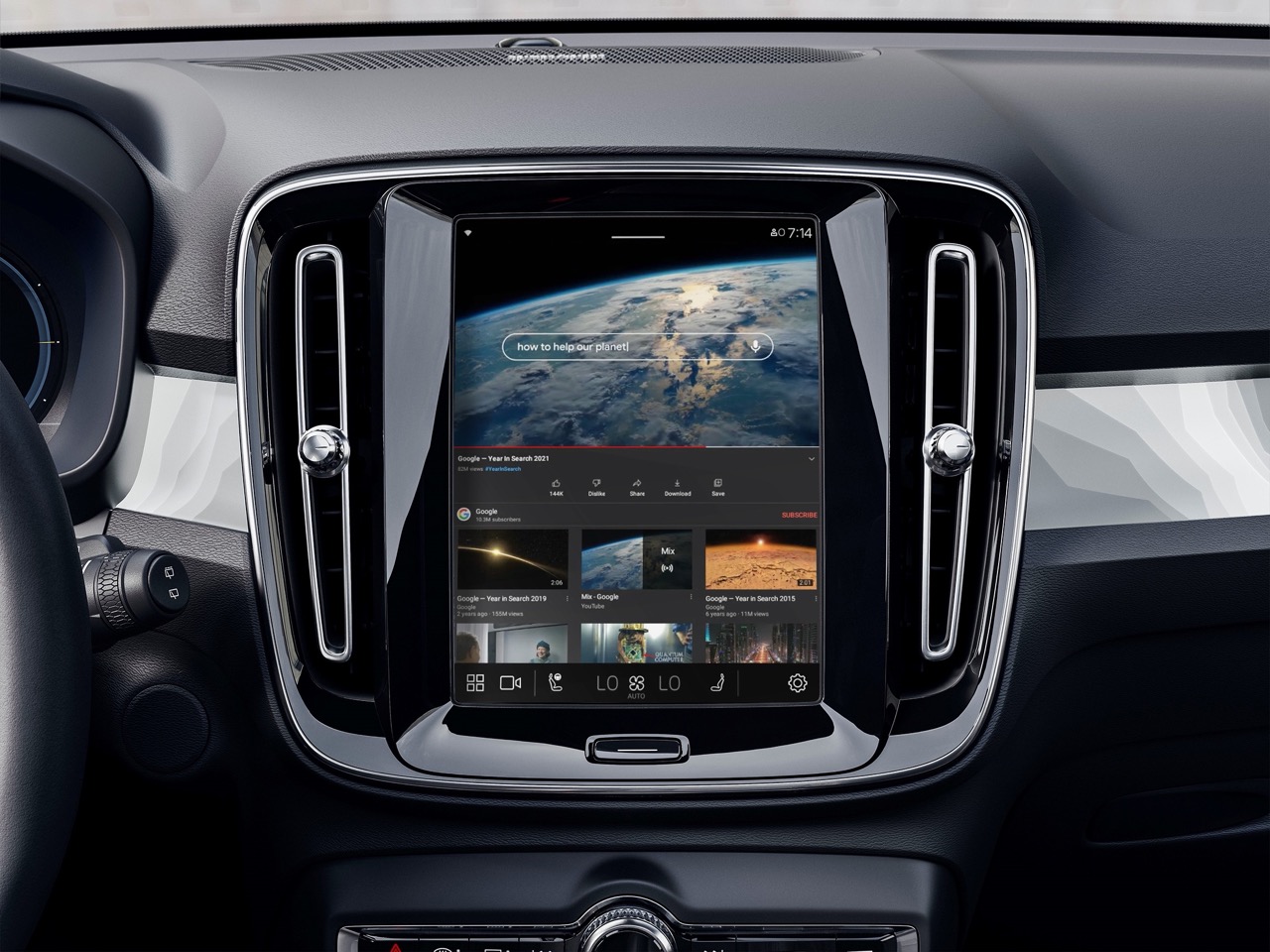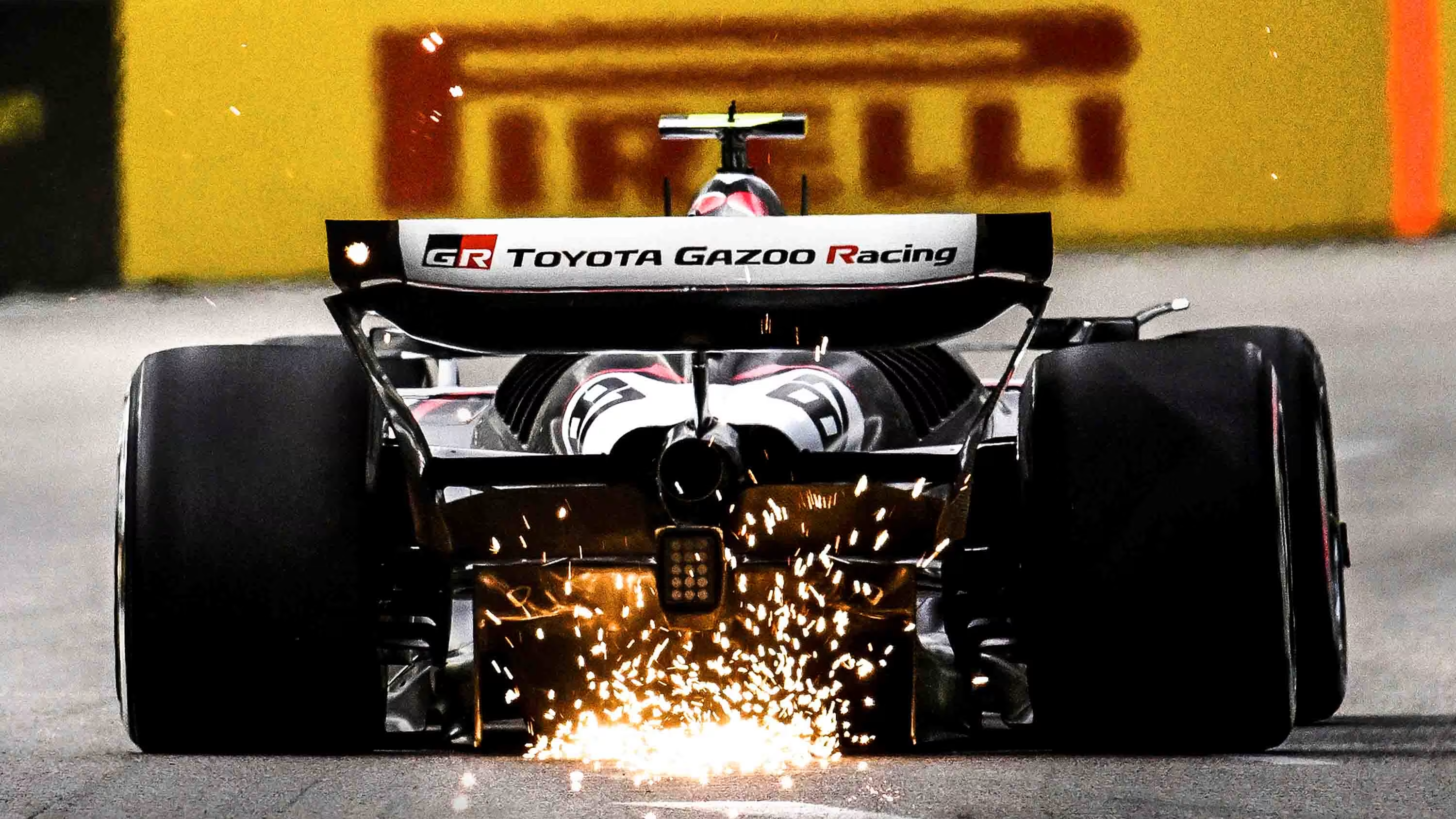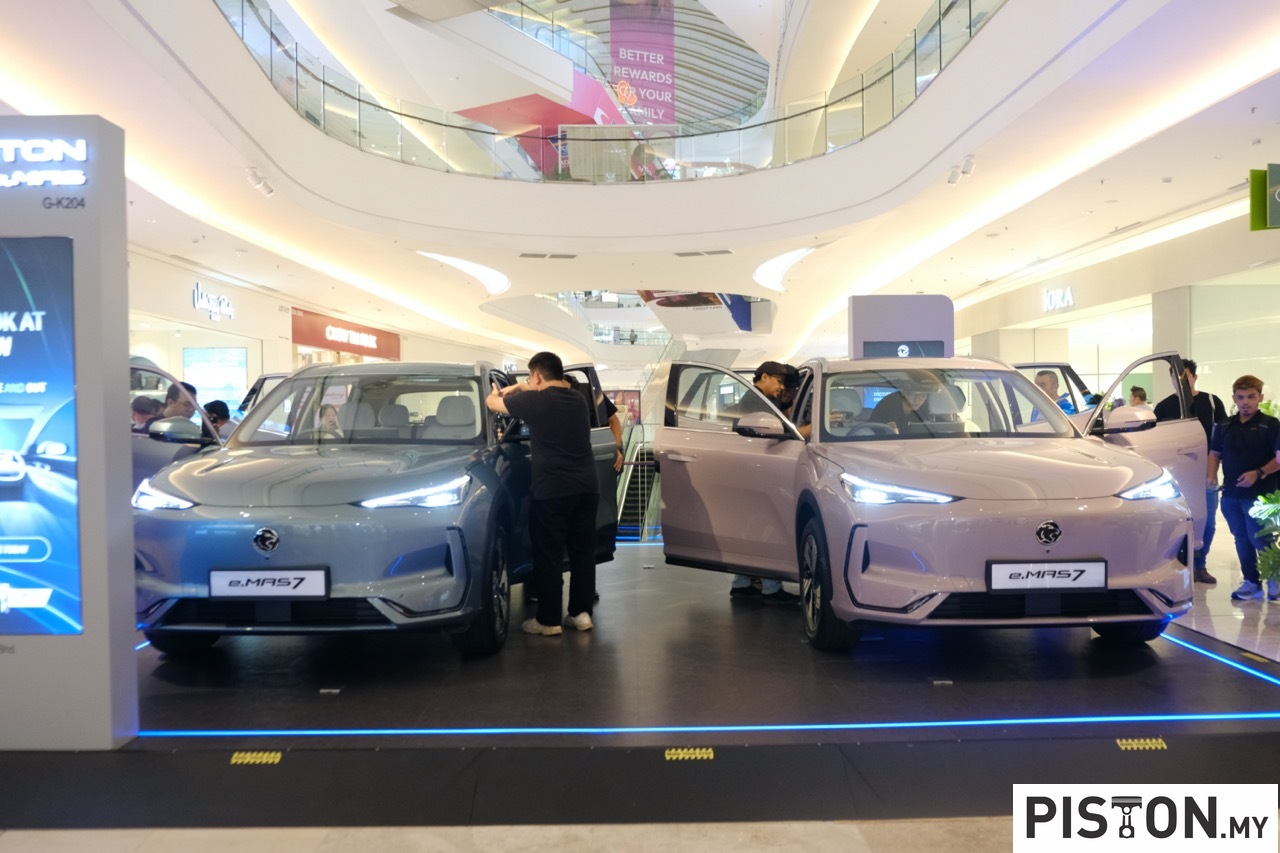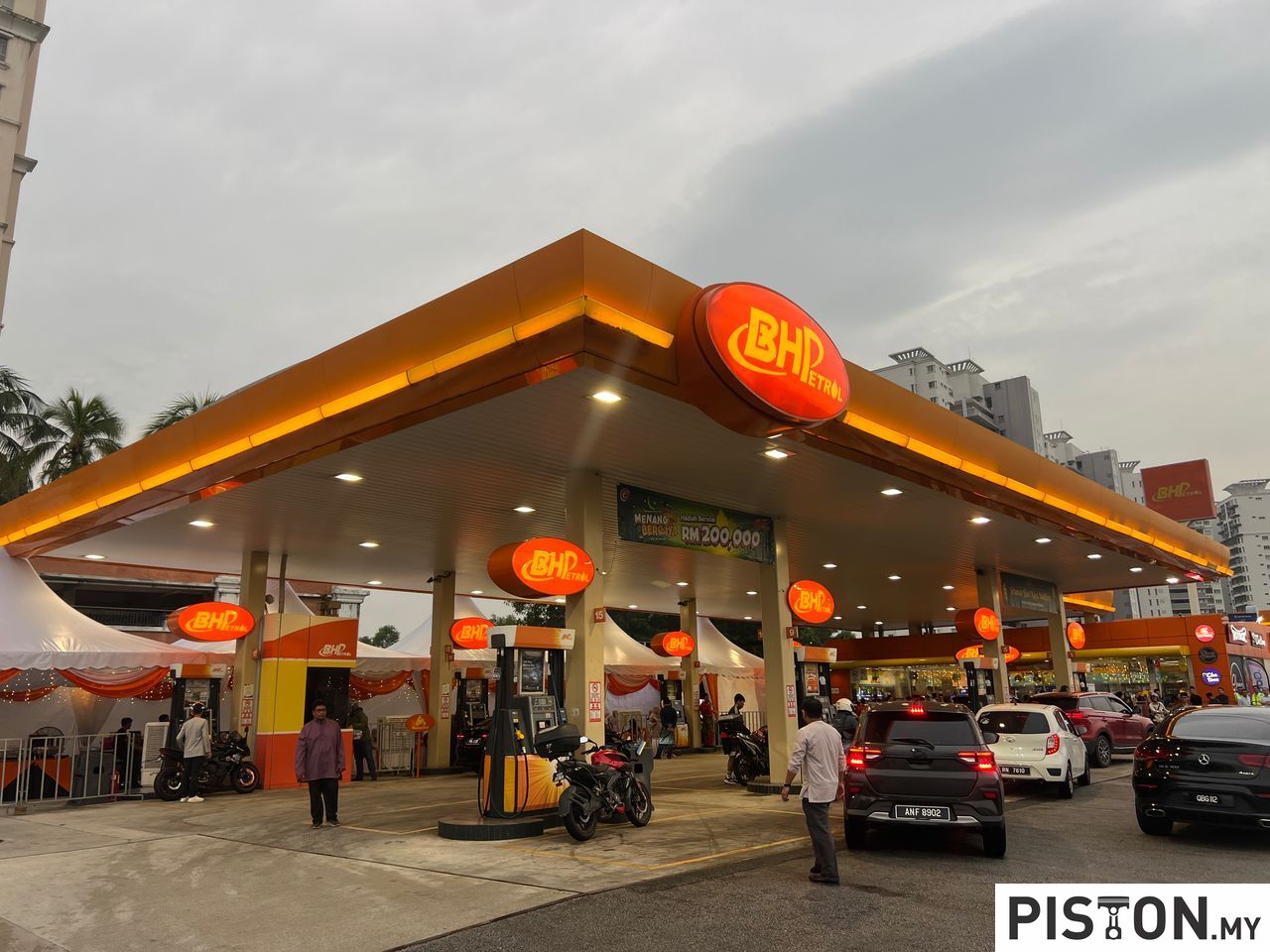The latest Isuzu D-MAX is clearly a winner for Isuzu Malaysia, having set a national sales record last month with 1,233 units delivered around the country. That was the company’s highest ever monthly sales since being established in 2005. The new figure eclipses the previous record of 885 units recorded in December 2014 following the introduction of the D-MAX 3-litre V-Cross.
Although the industry has been facing difficulties in getting enough vehicle stocks, Isuzu Malaysia was fortunate to get a large shipment of vehicles which enabled it to address the backlog of orders that began almost from the time the third generation model was launched.
According to the Chief Operating Officer of Isuzu Malaysia, Kenkichi Sogo, the boost in deliveries allowed the company to relieve some of the customers’ waiting time for their new vehicles. “Our customers depend on Isuzu vehicles to serve them faithfully so, as a customer-centric brand, our priority was to hasten supply to meet the increased demand for this highly-popular and versatile pick-up truck,” he said. “I wish to thank our customers who have eagerly and patiently waited for their brand new Isuzu D-Max. We hope to continue ramping up supplies over the coming months to further reduce the waitlist for our vehicles.”
The increased supply that was achieved through additional allocation from the factory meant that the top variant delivered in March was of the 1.9-litre Premium Auto variant, with close to 350 units. The Premium Auto variant offers stylish design, excellent driving performance, premium interior features and the lowest roadtax in its segment, which is why it is the popular choice.
Demand for the flagship X-Terrain variant was also met with an increase of 163 deliveries. However, this version is one of the most popular globally and so supplies have been limited. It has advanced safety and comfort features which can be compared to passenger cars, so it is ideal for personal use as well as workhose duties when needed.
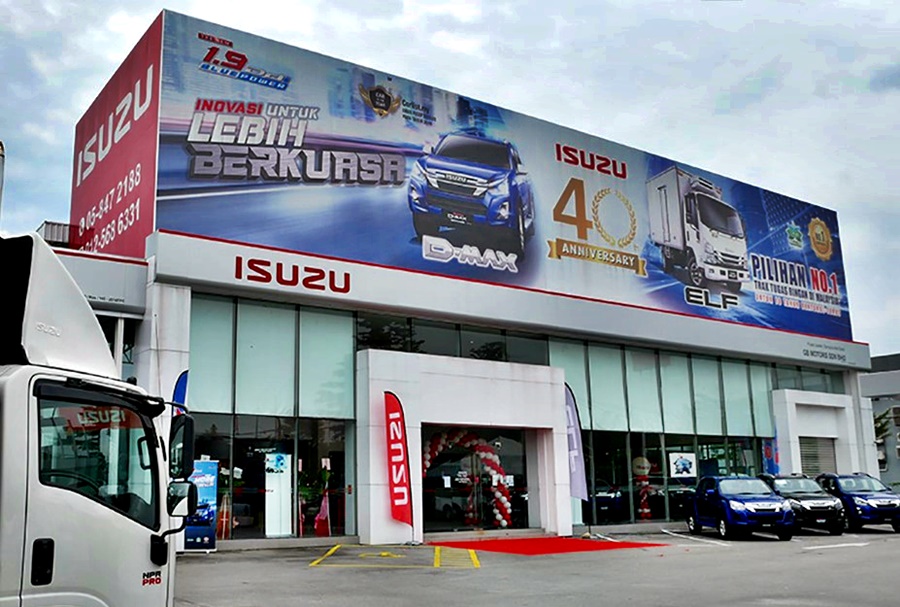
The strong performance in March would have pleased the company’s new CEO, Shunsuke Okazoe, who emphasises the need to prioritize customer satisfaction through improved sales and aftersales efforts. Mr. Okazoe, who has been involved in the Isuzu business for the past 26 years, has served in various countries such as Japan, America, India and Thailand. He aims to strengthen the Isuzu network and build greater customer satisfaction in Malaysia.
“While Isuzu Malaysia is still a relatively young company, our customer base has grown significantly in the past 17 years. Isuzu’s strong brand reputation, dependable product line-up and a strong support network has helped us create a very strong platform for growth. Our immediate aim therefore will be to enhance our support system in tandem with the growing population of Isuzu customers,” he said.
Isuzu Malaysia currently has a network of 54 outlets positioned strategically in populated centres around the country. It will soon embark on a network enhancement exercise with its authorised dealers to ensure customers enjoy a more comprehensive experience in a conducive and comfortable environment.
Switching to the trucking lifestyle with the Isuzu D-MAX X-Terrain



